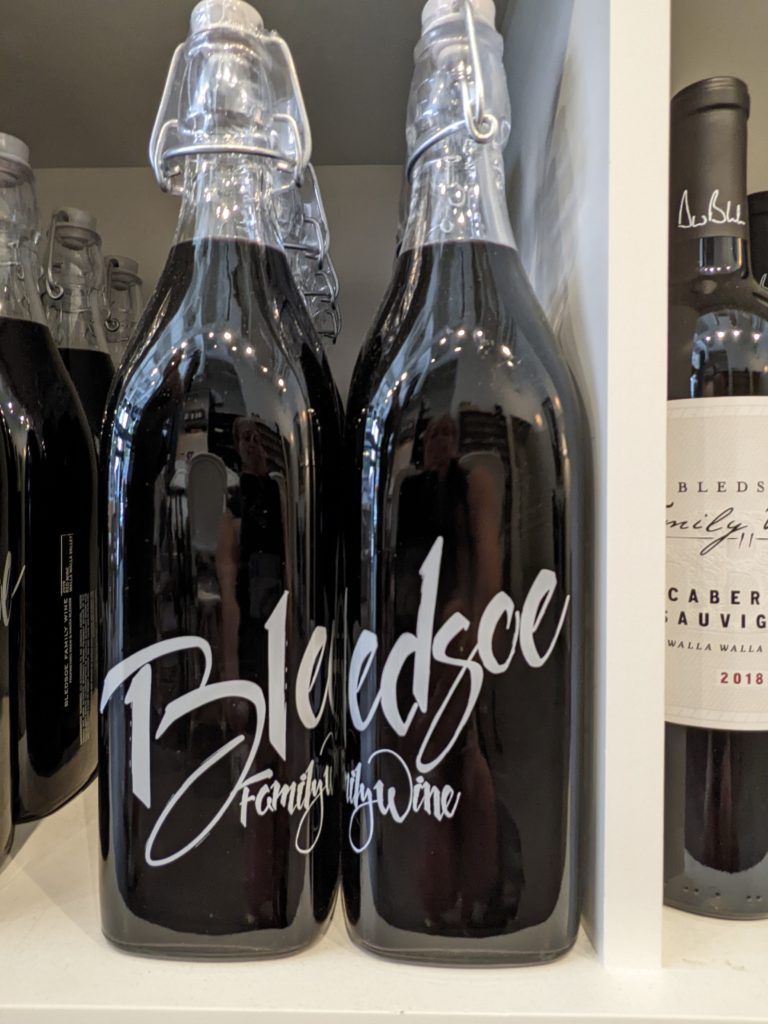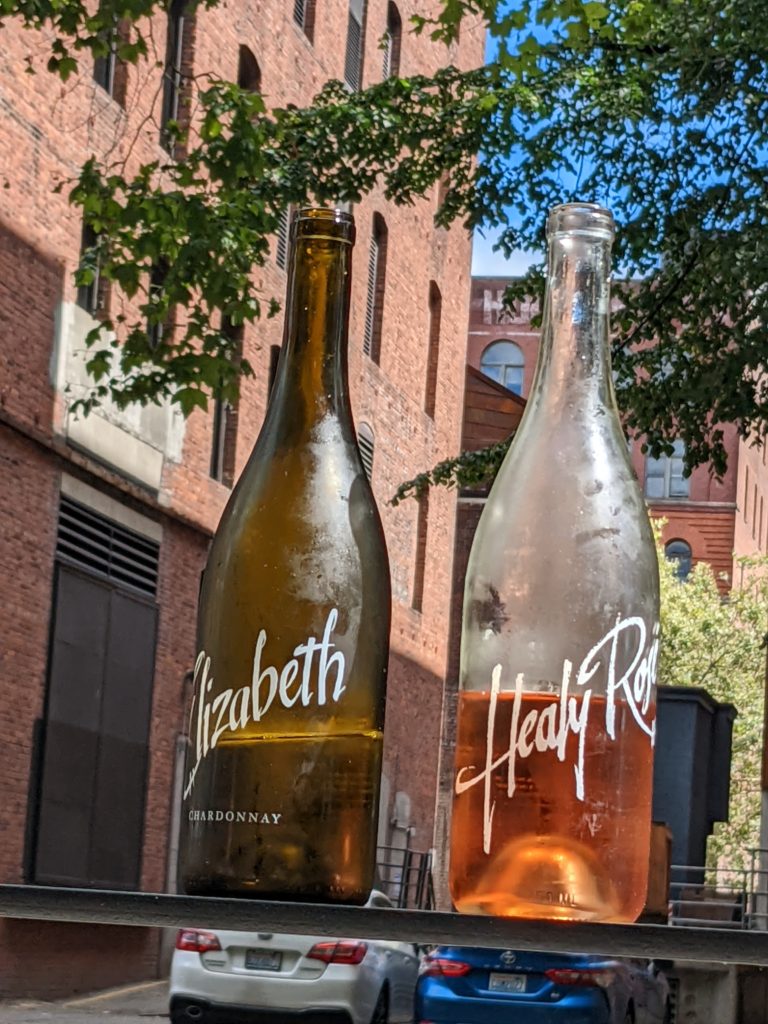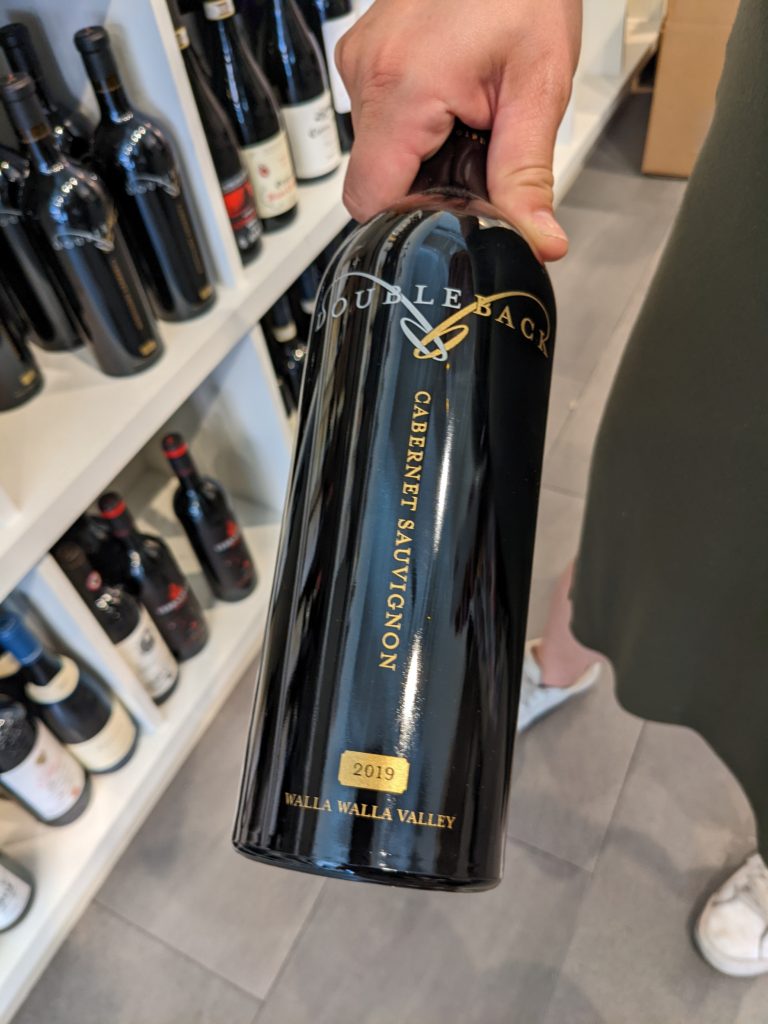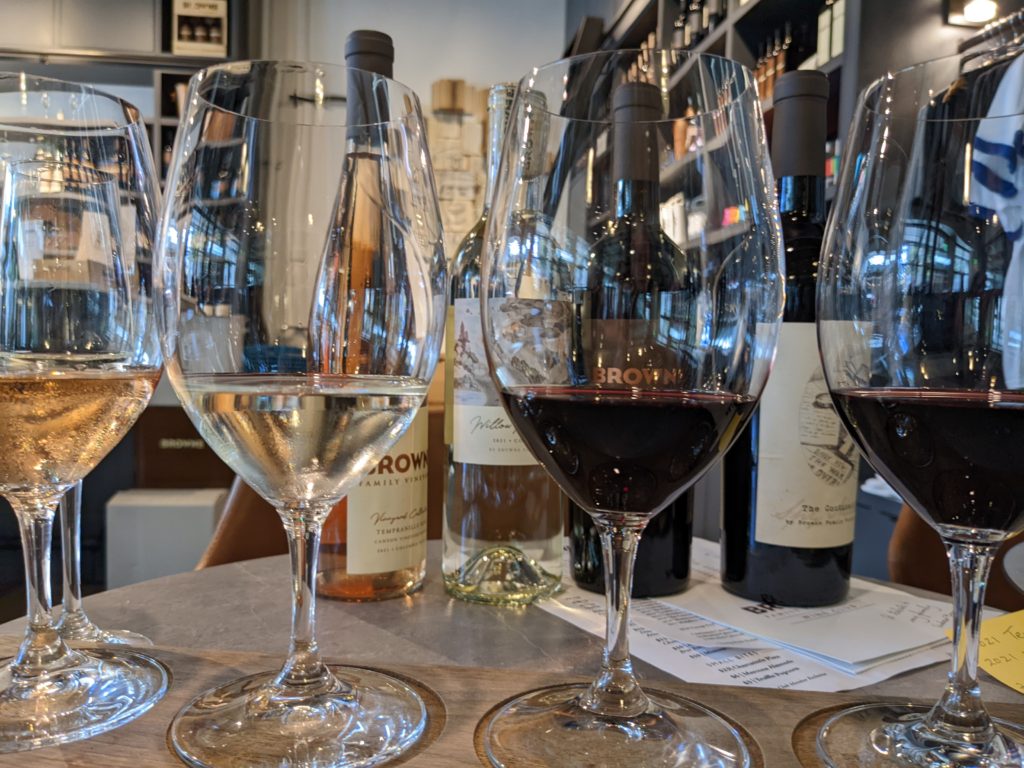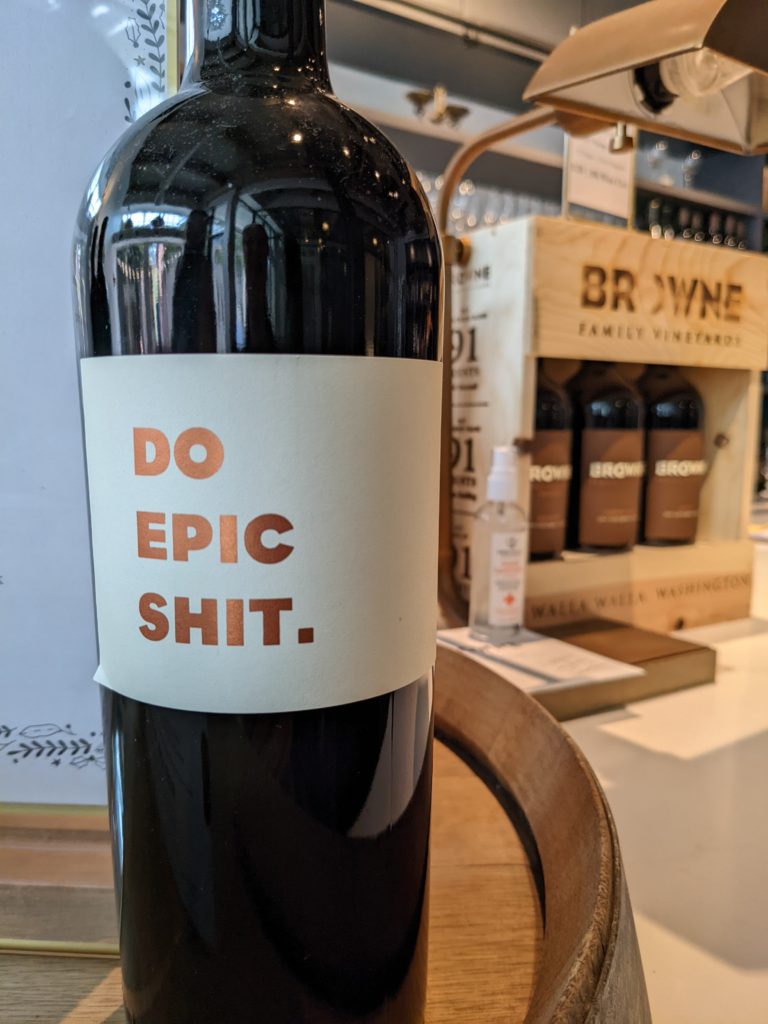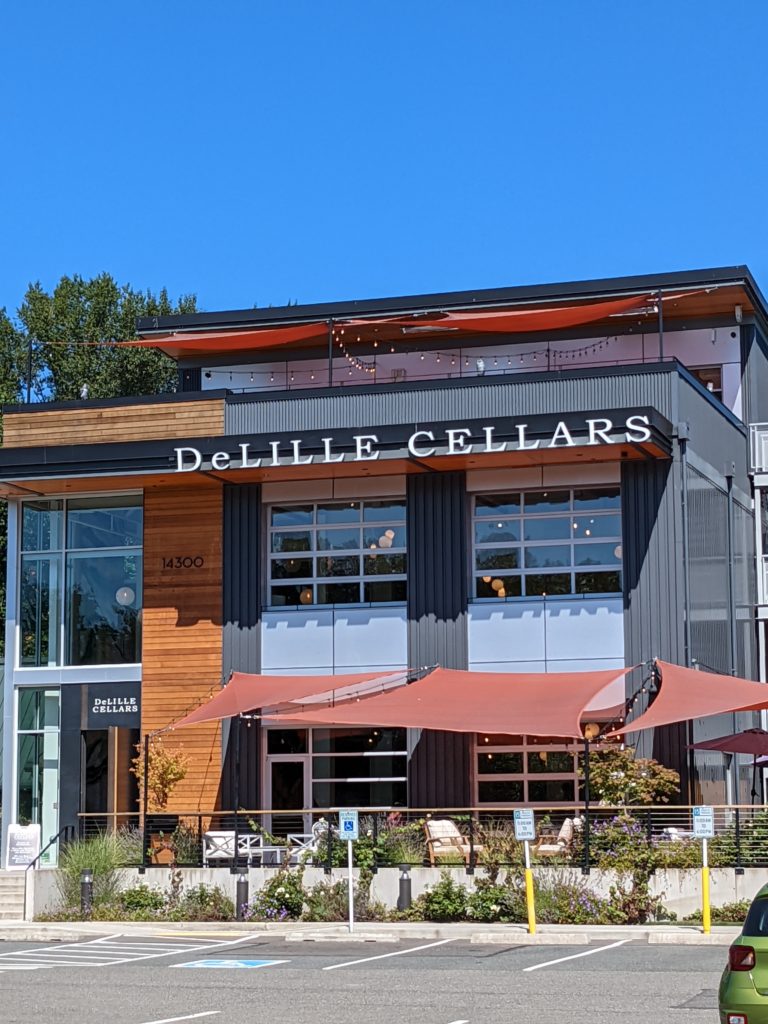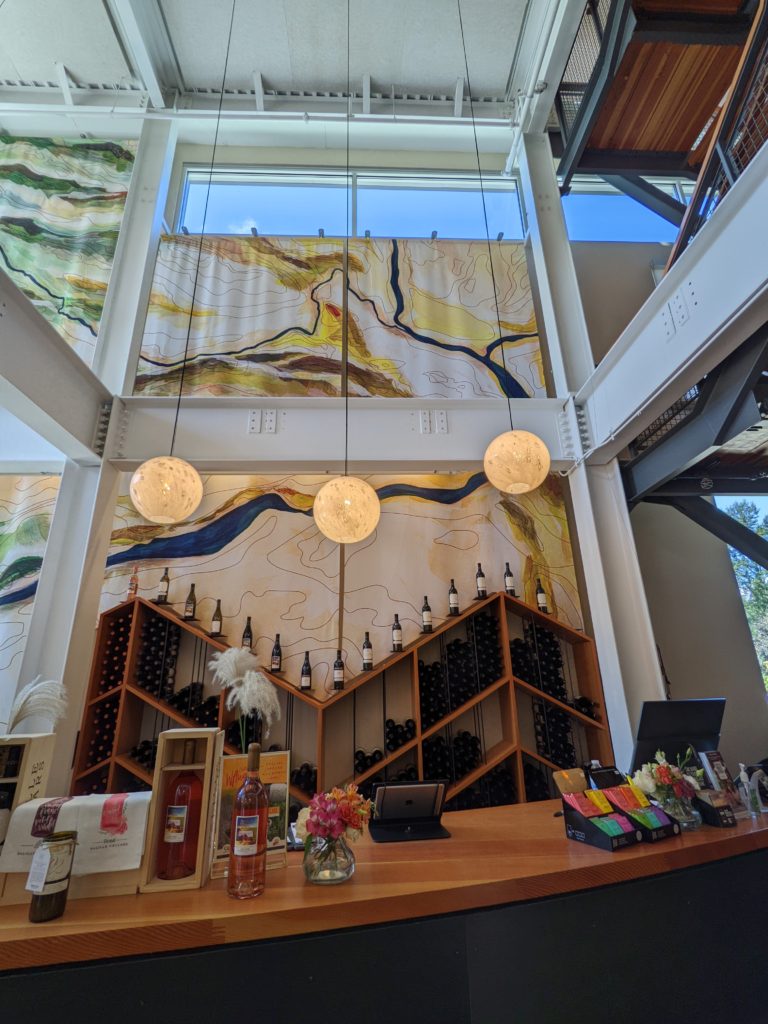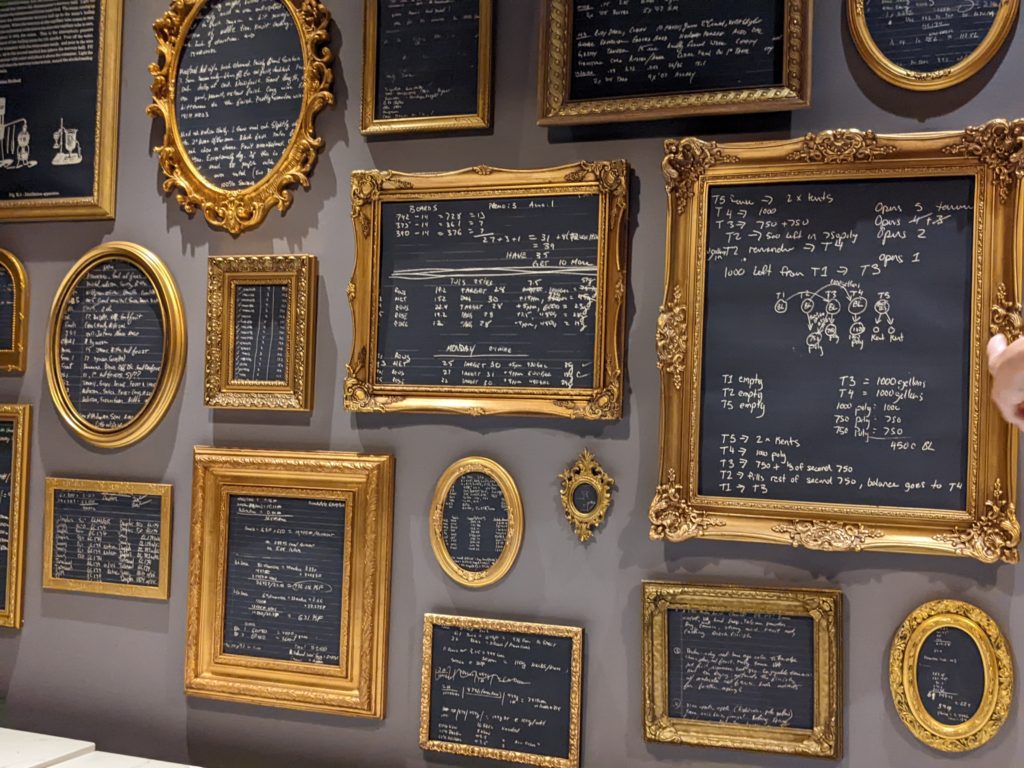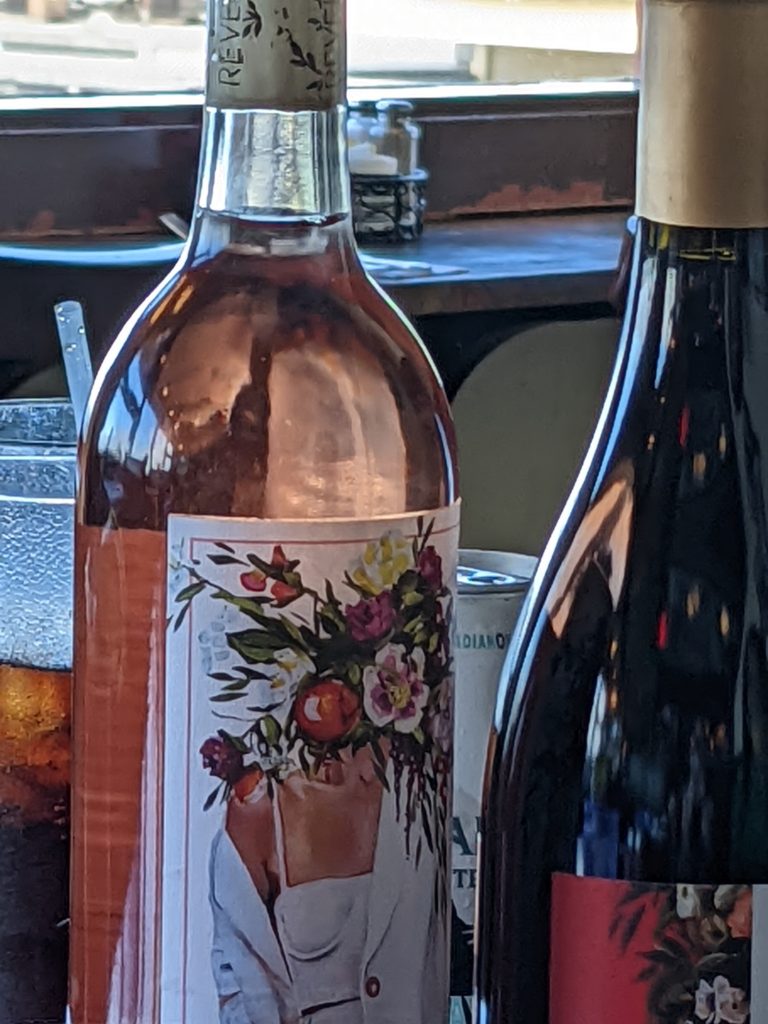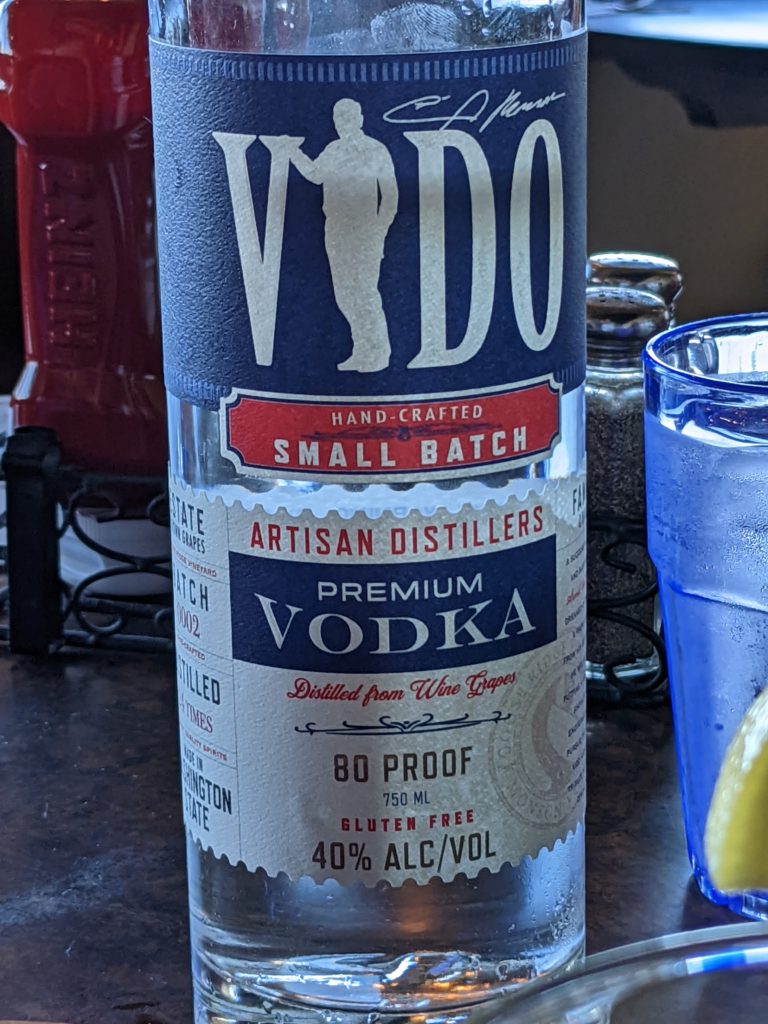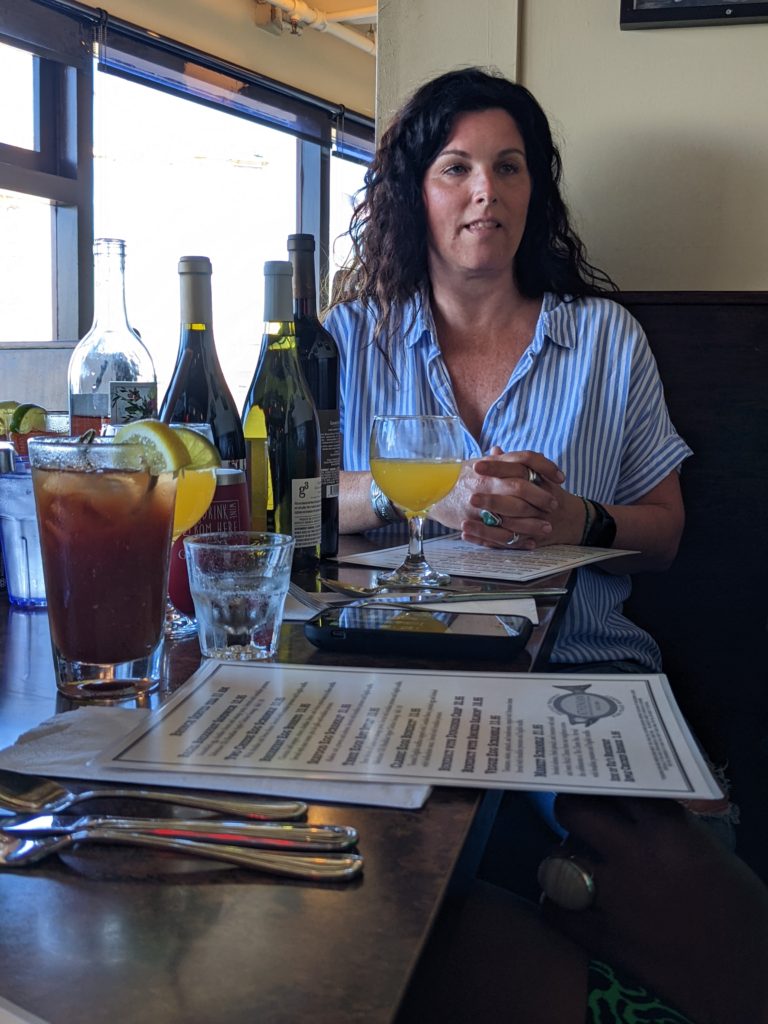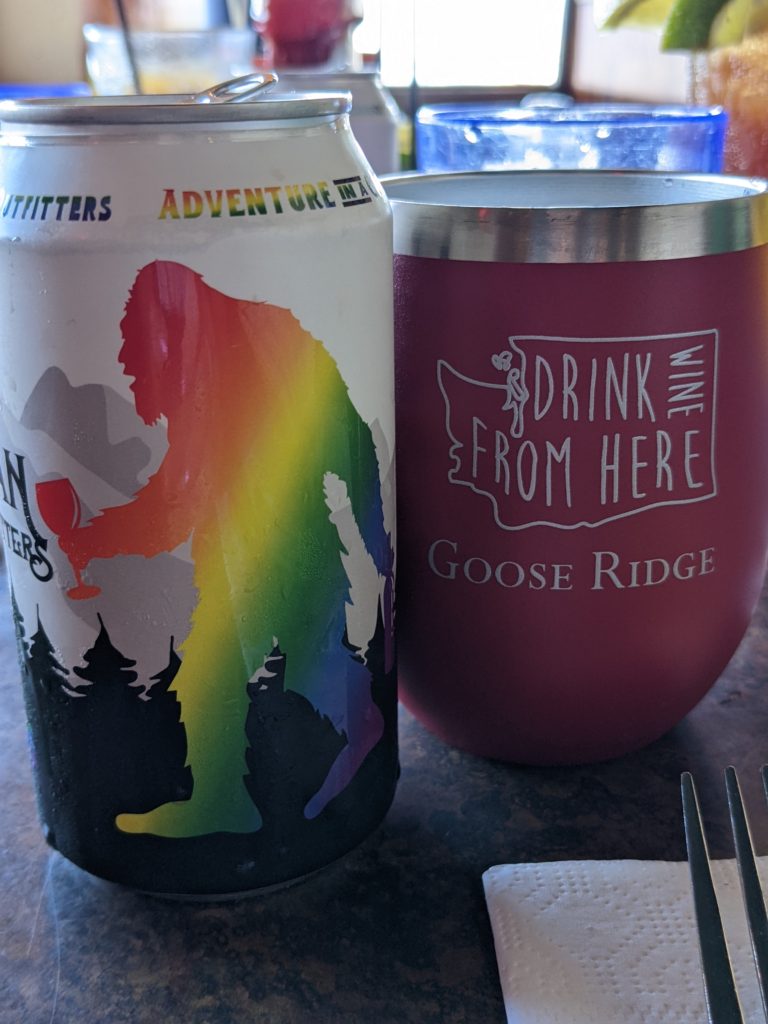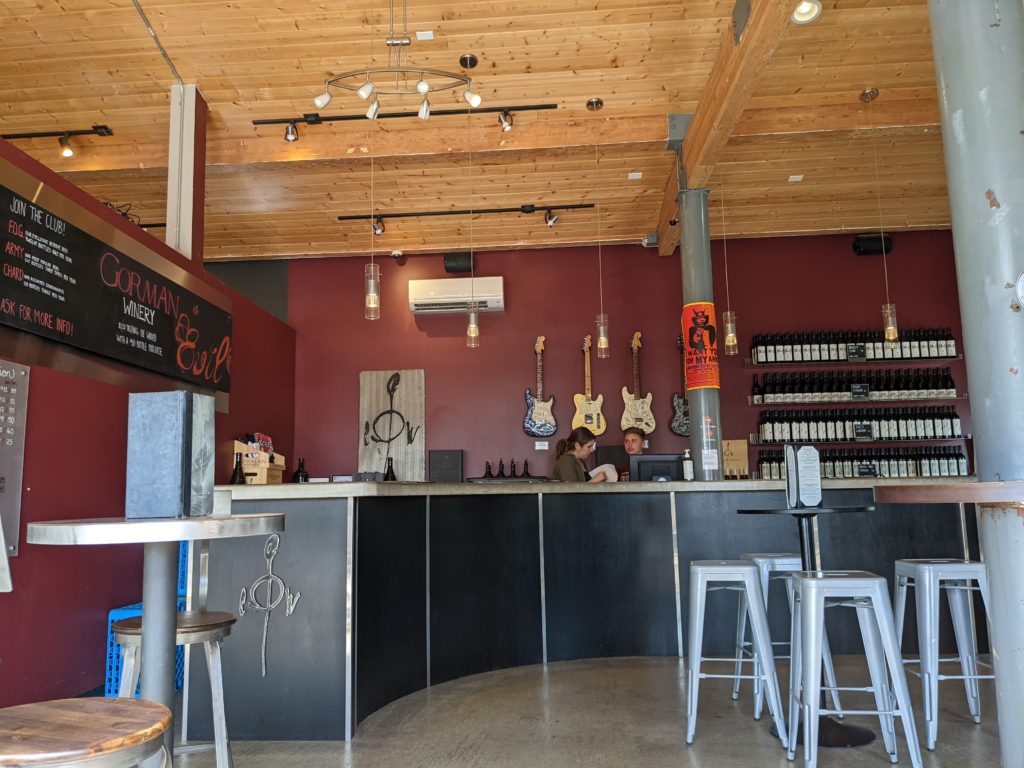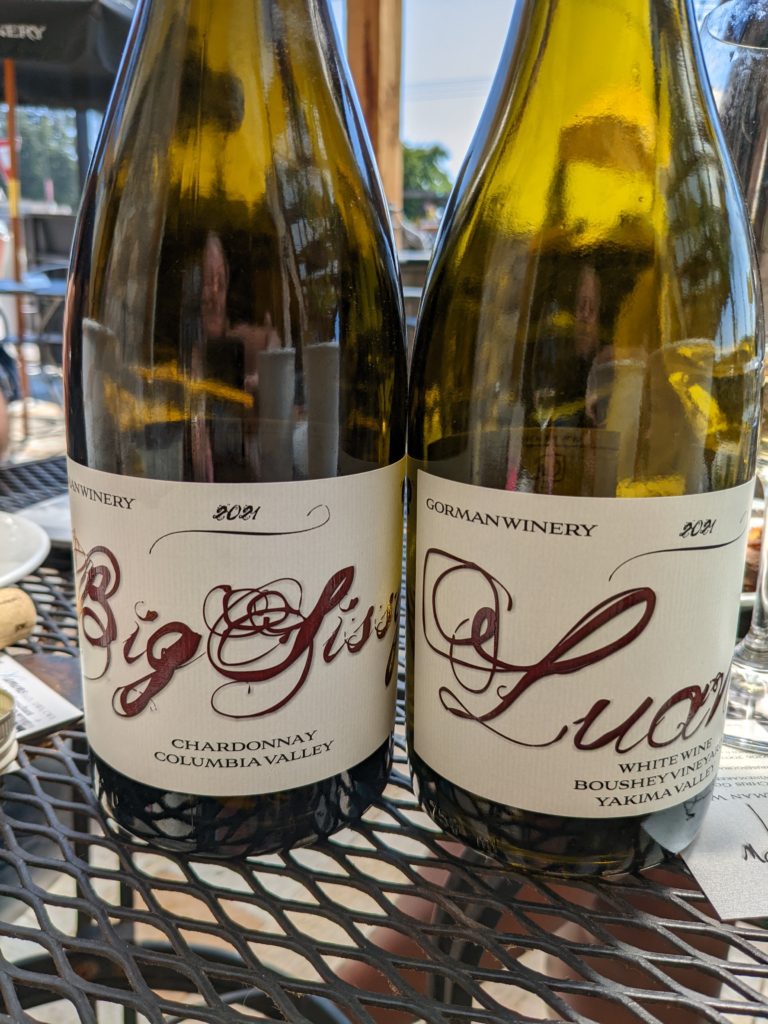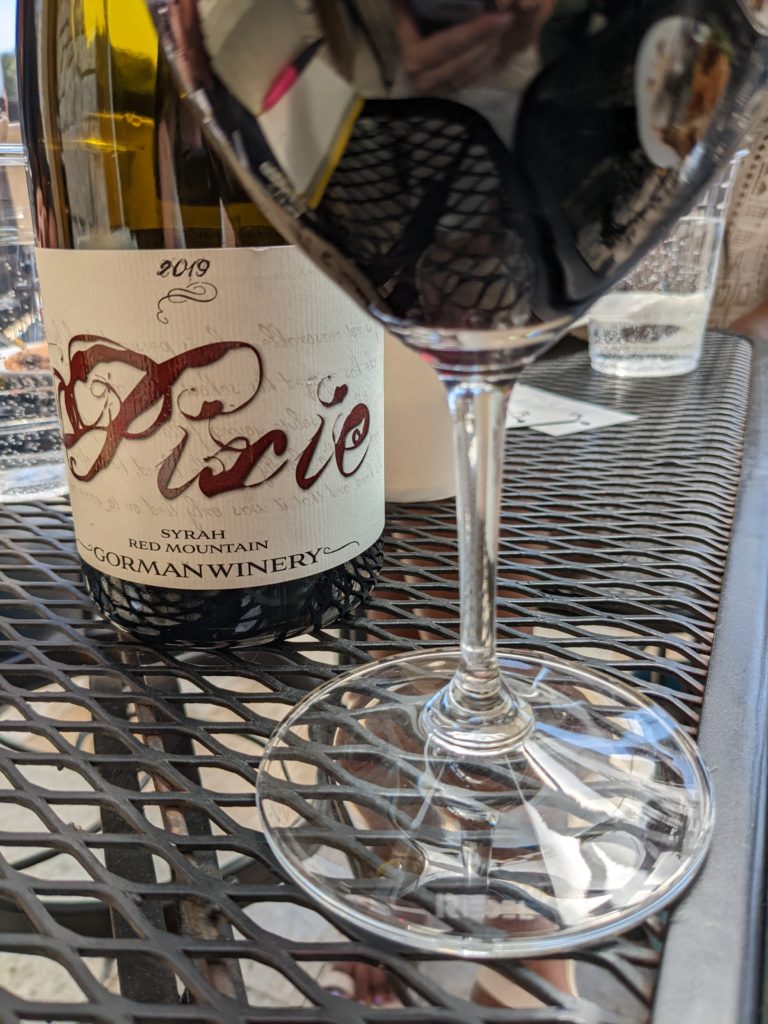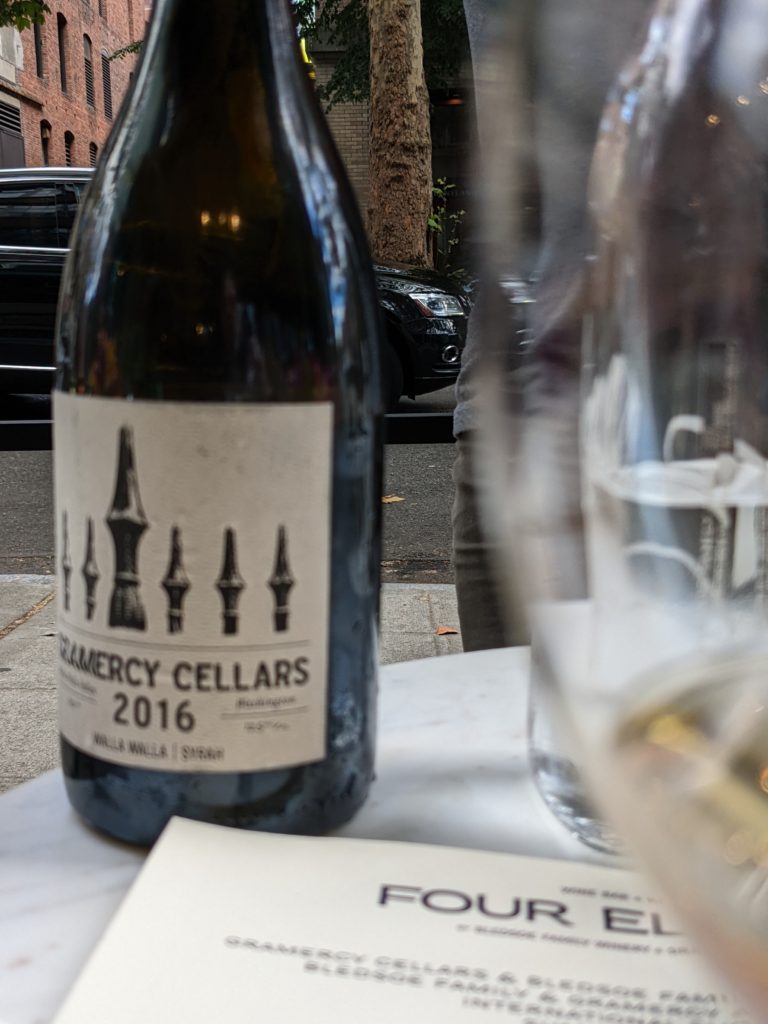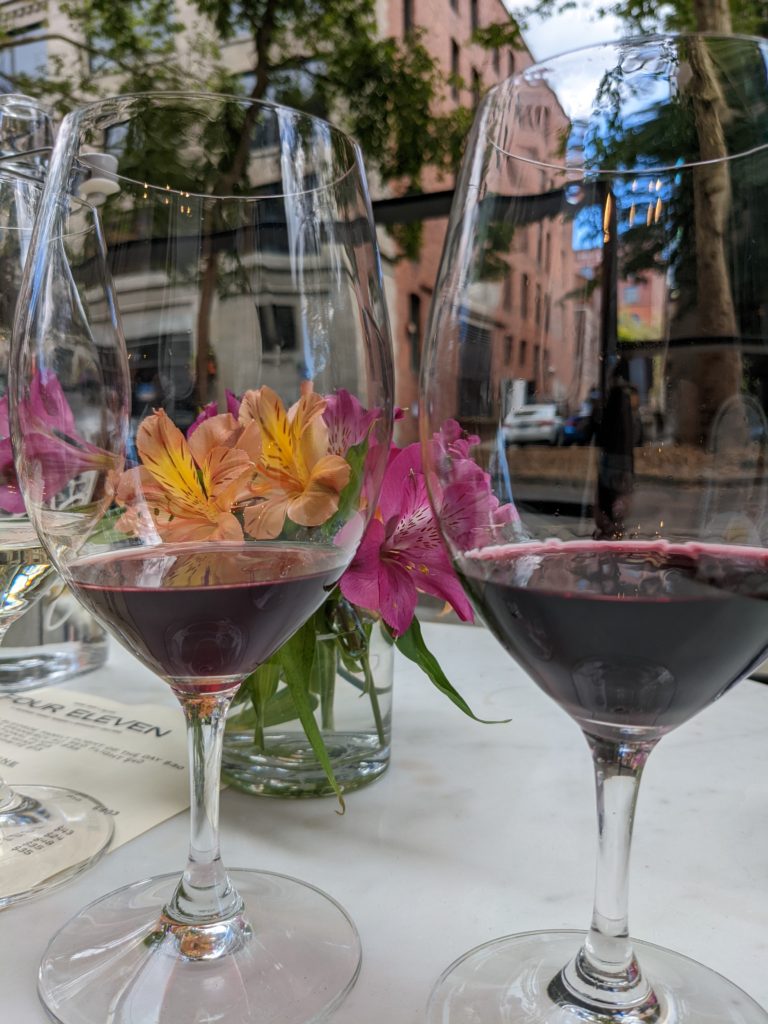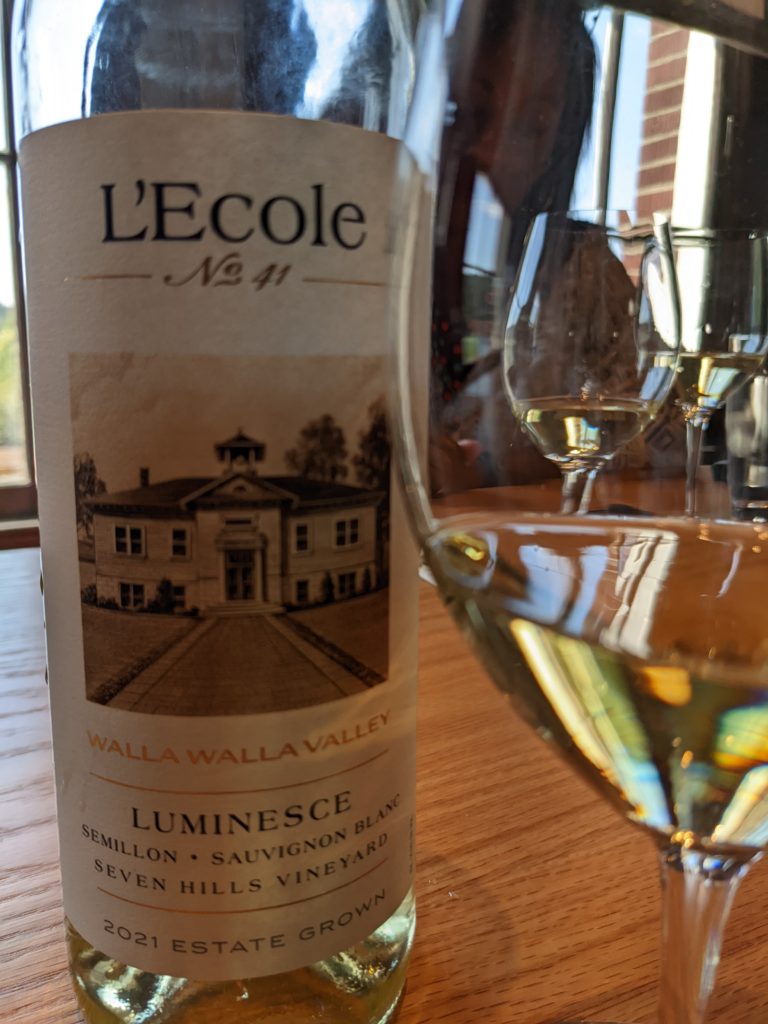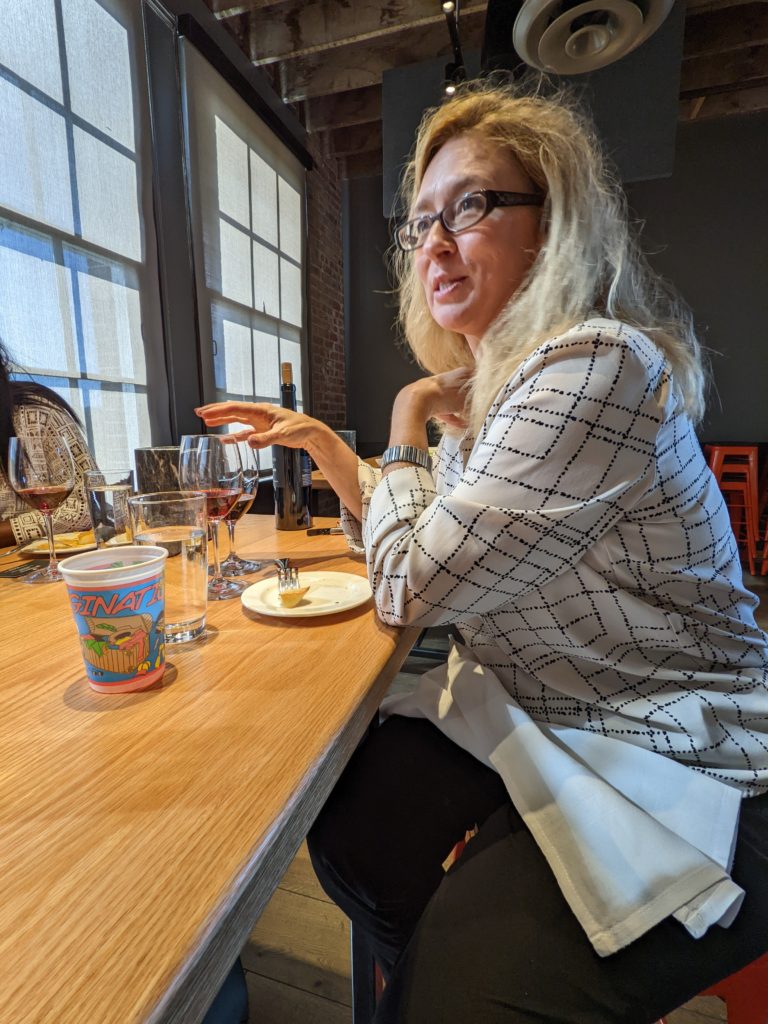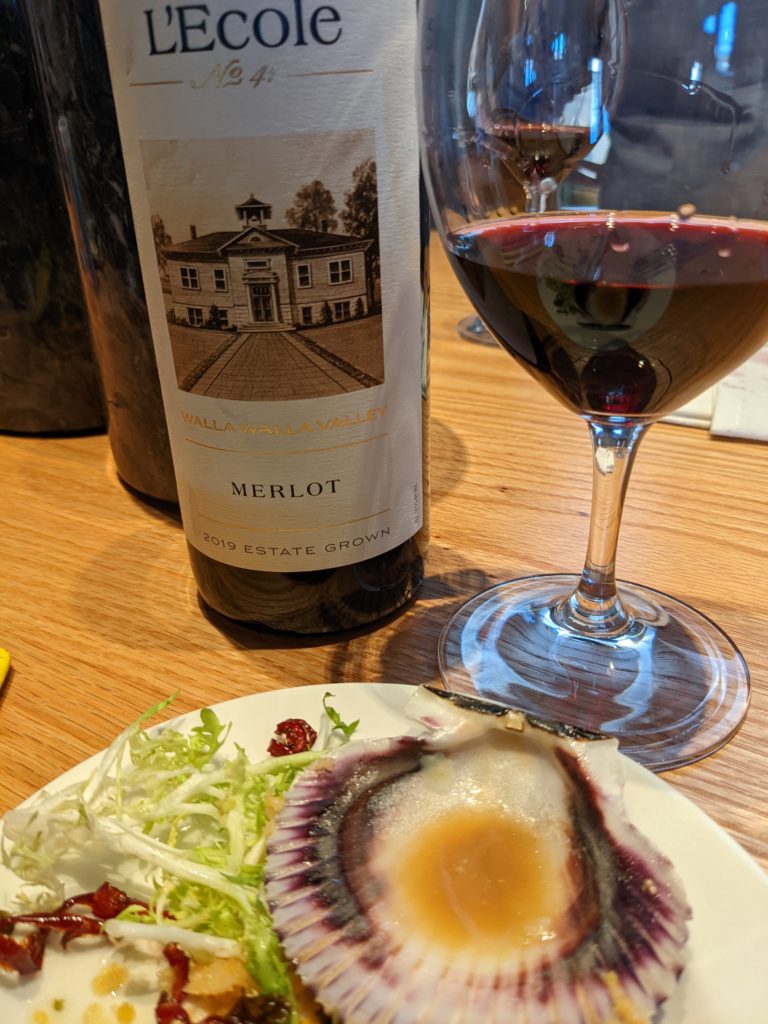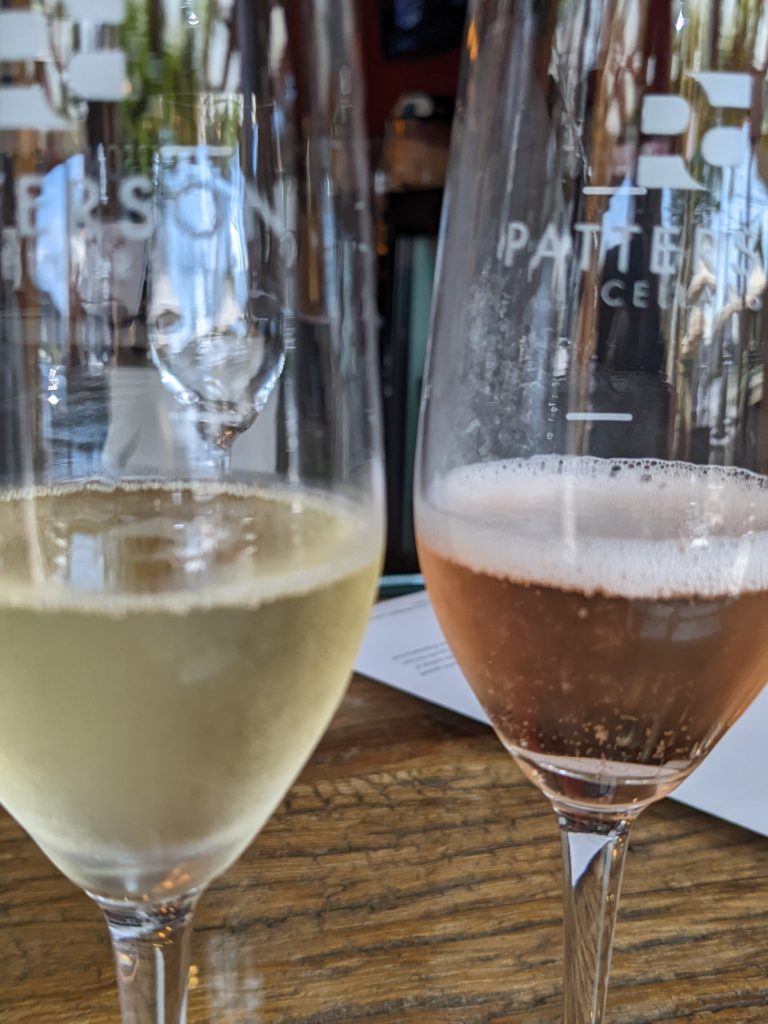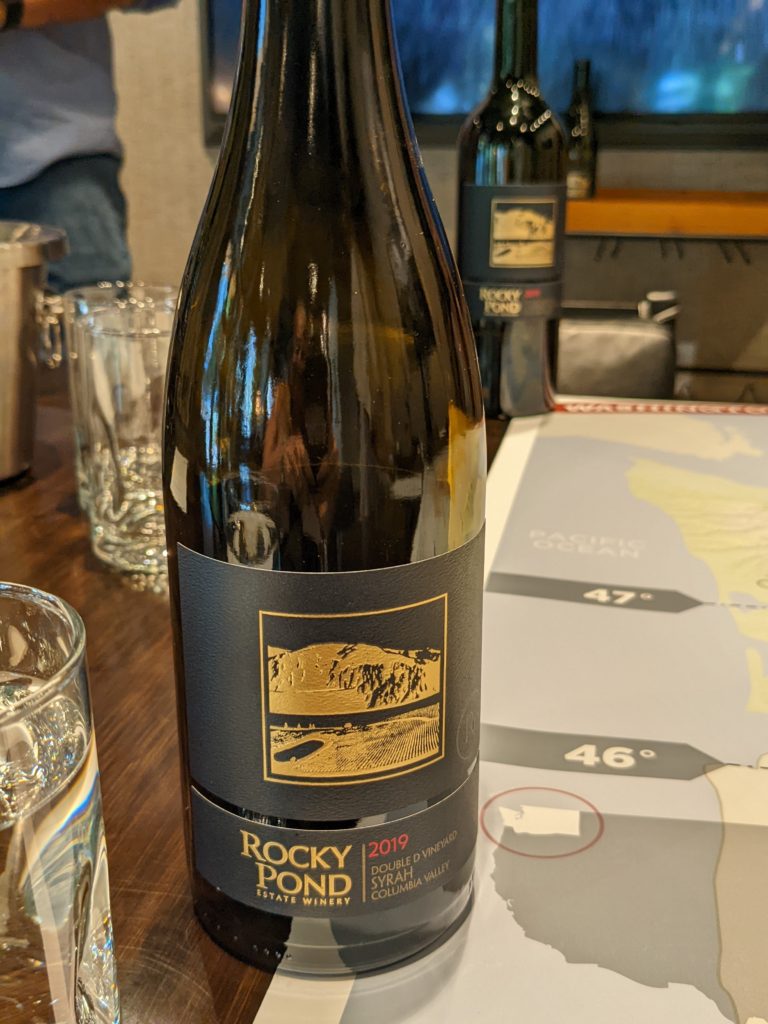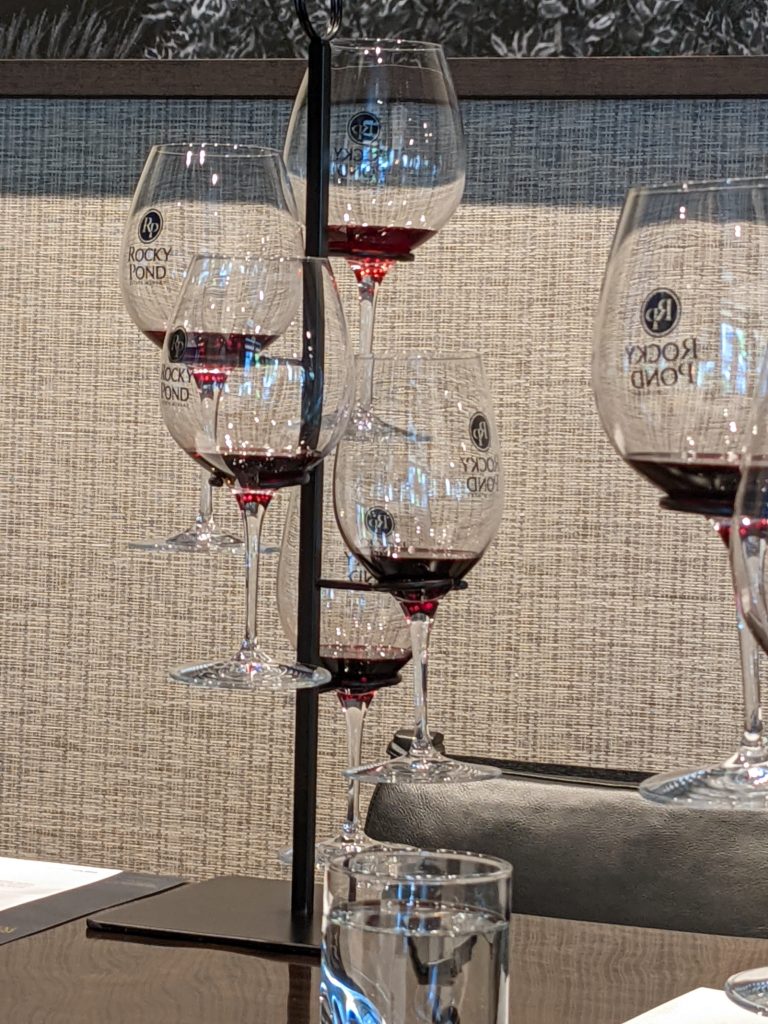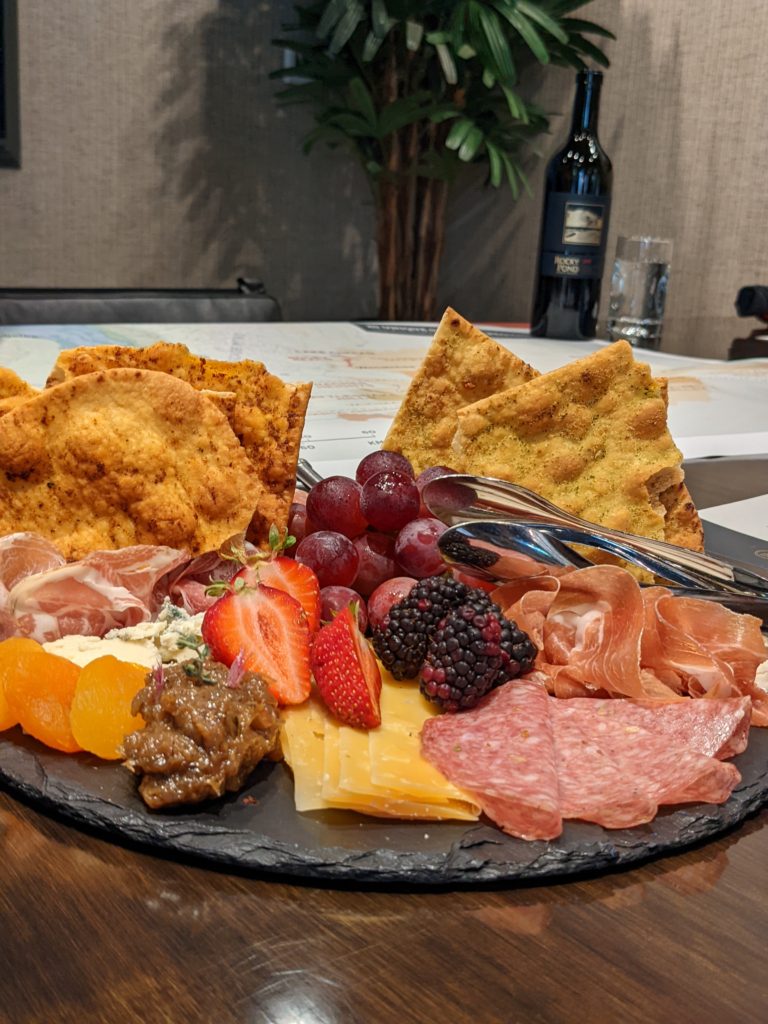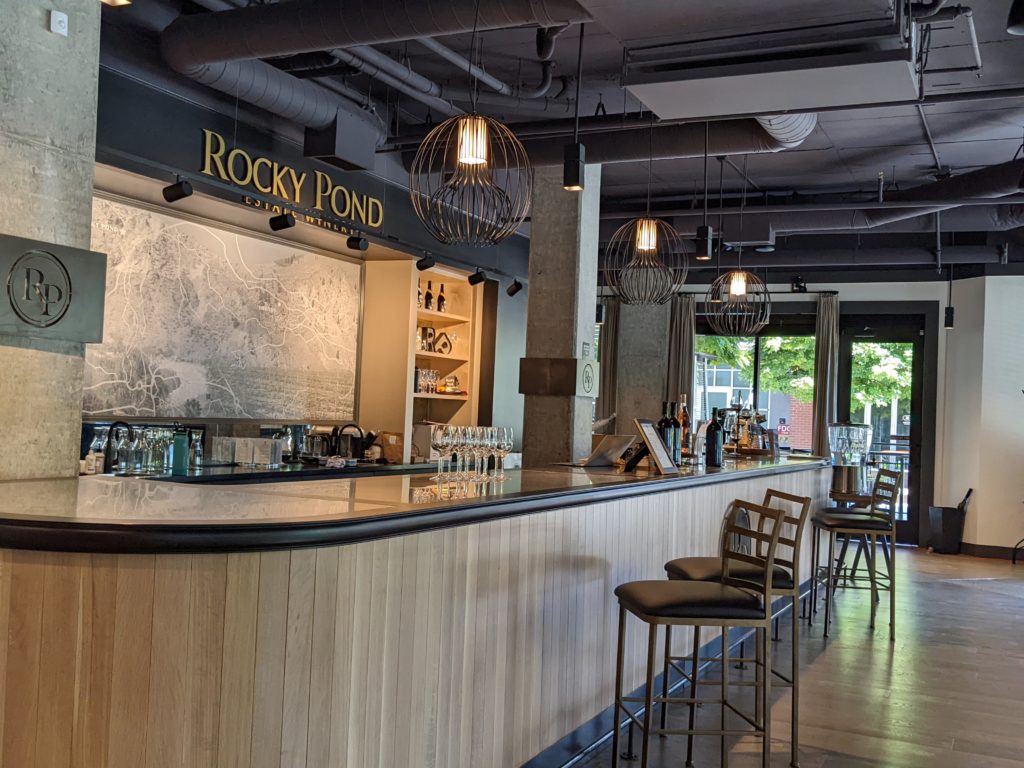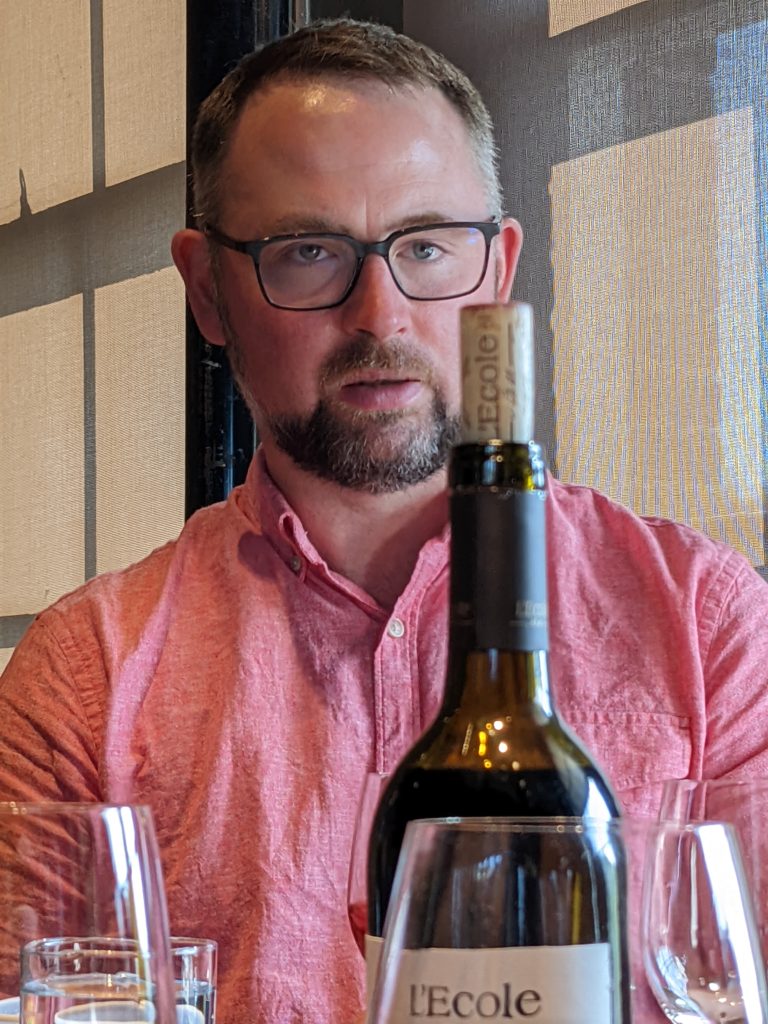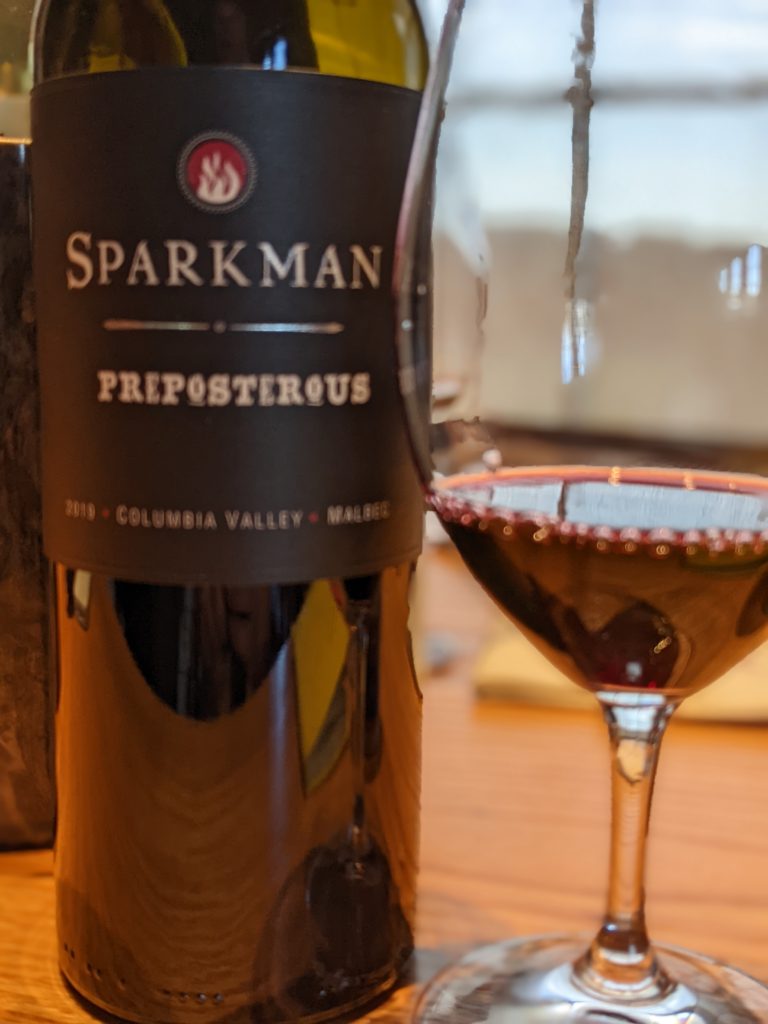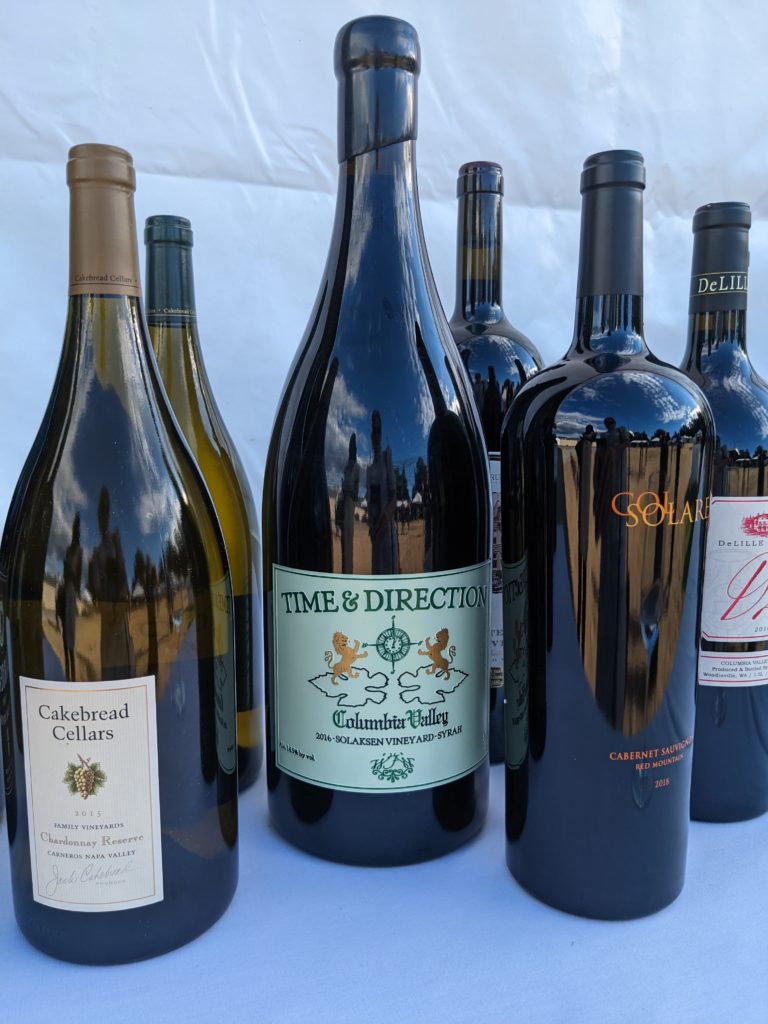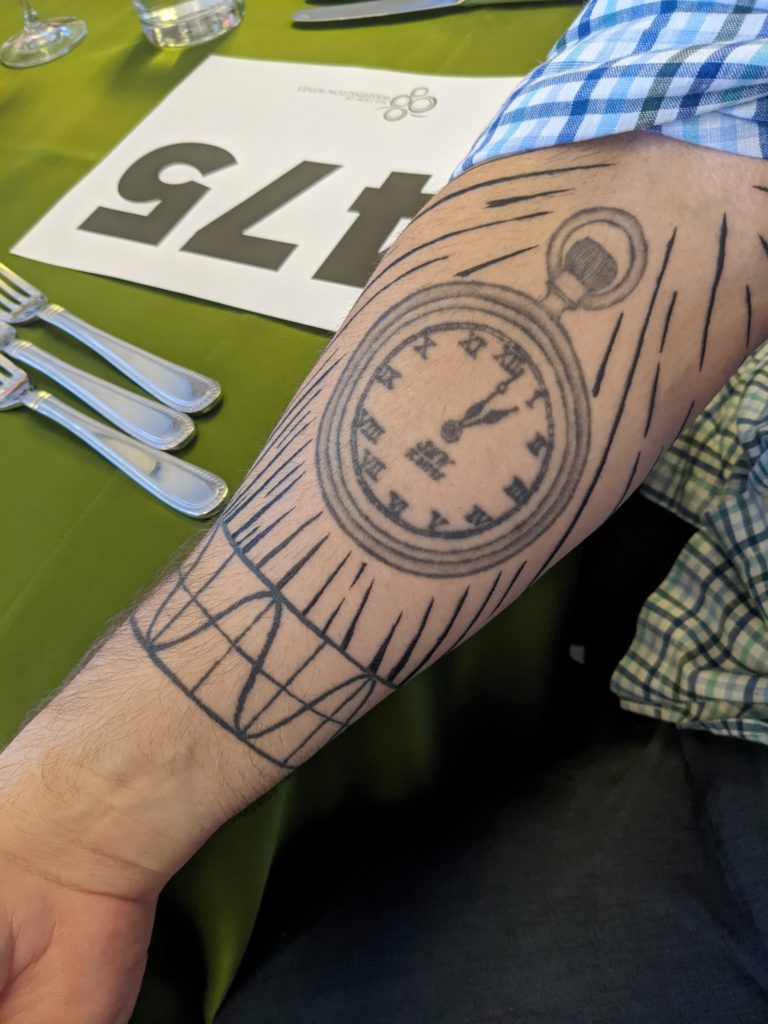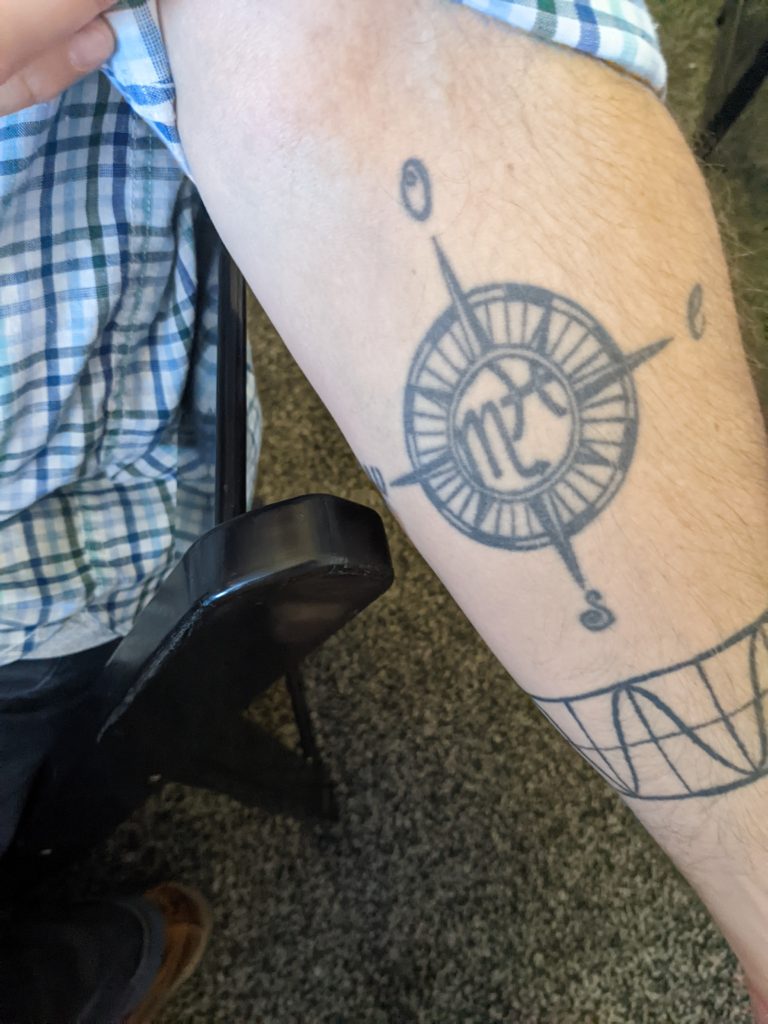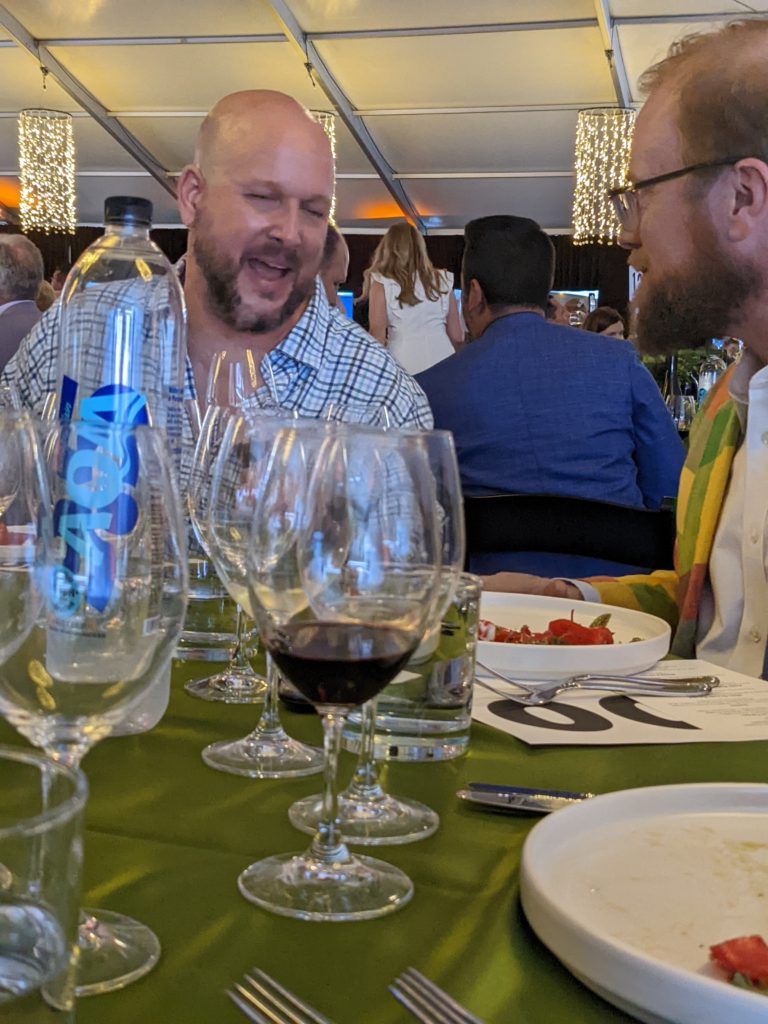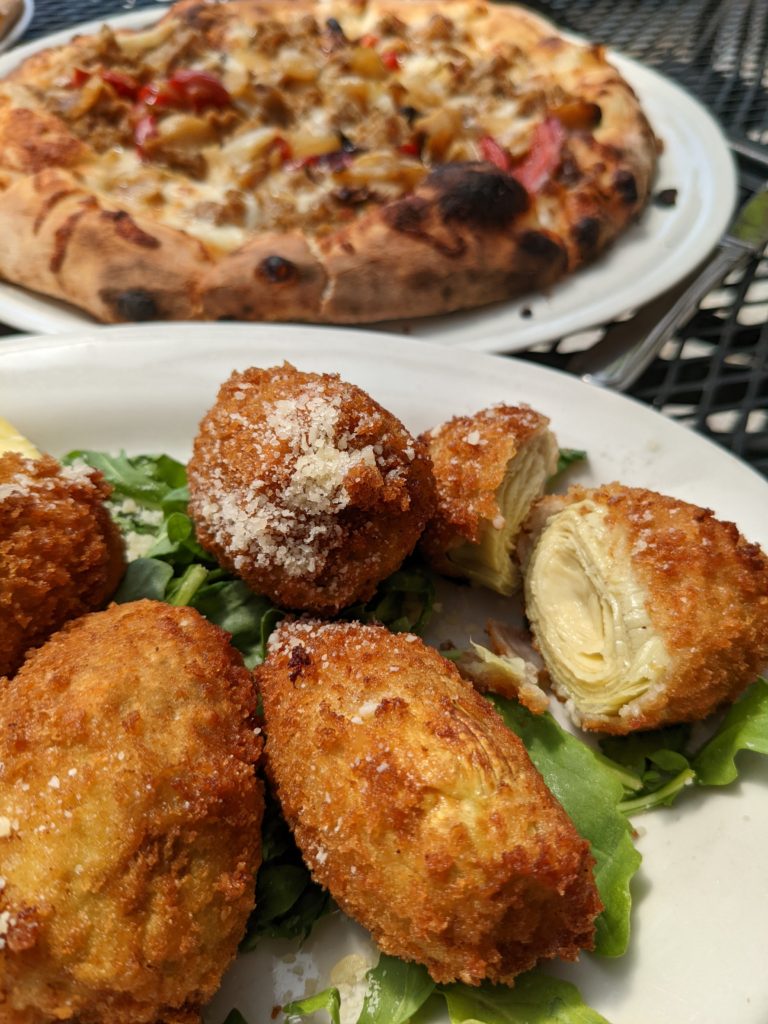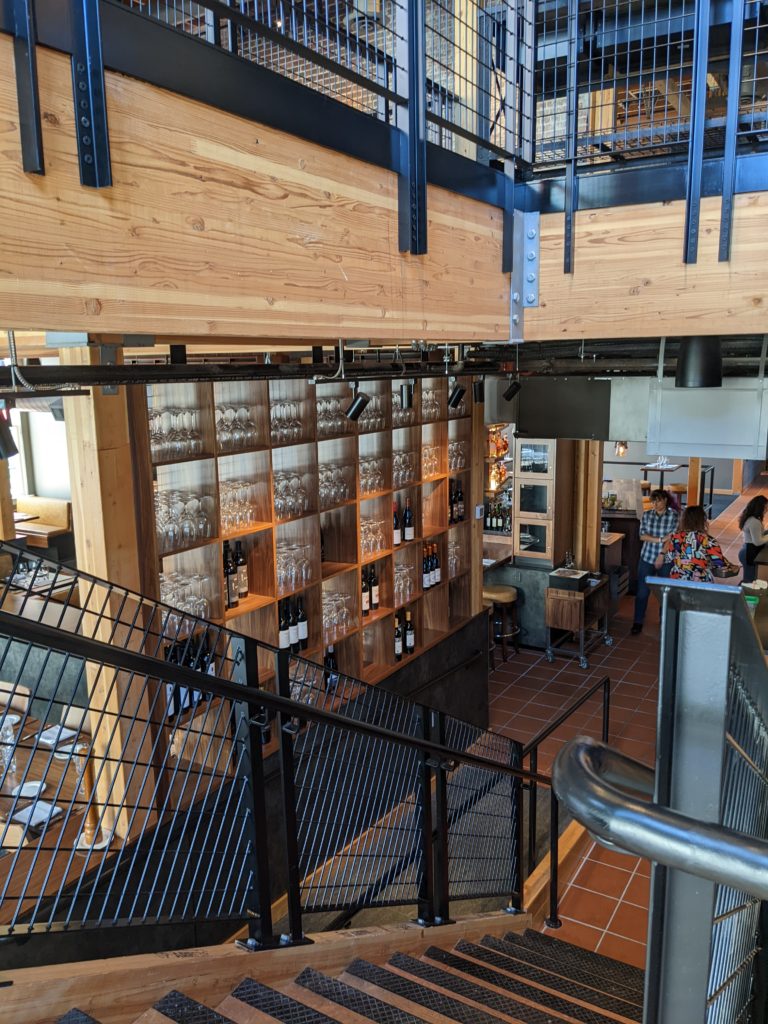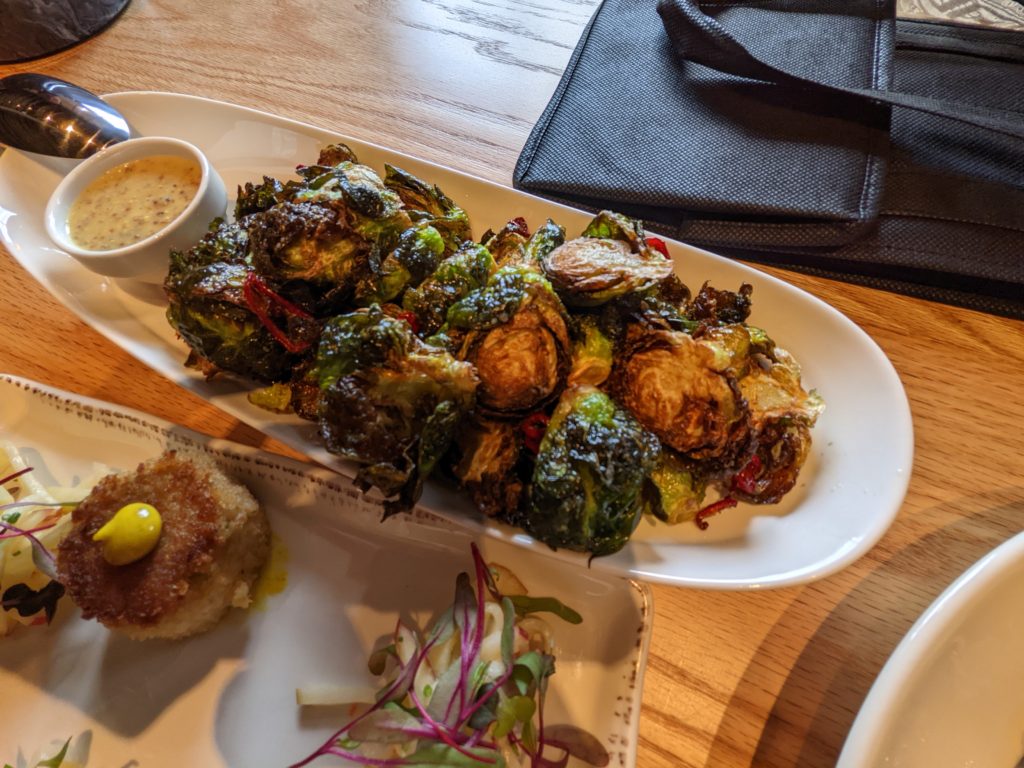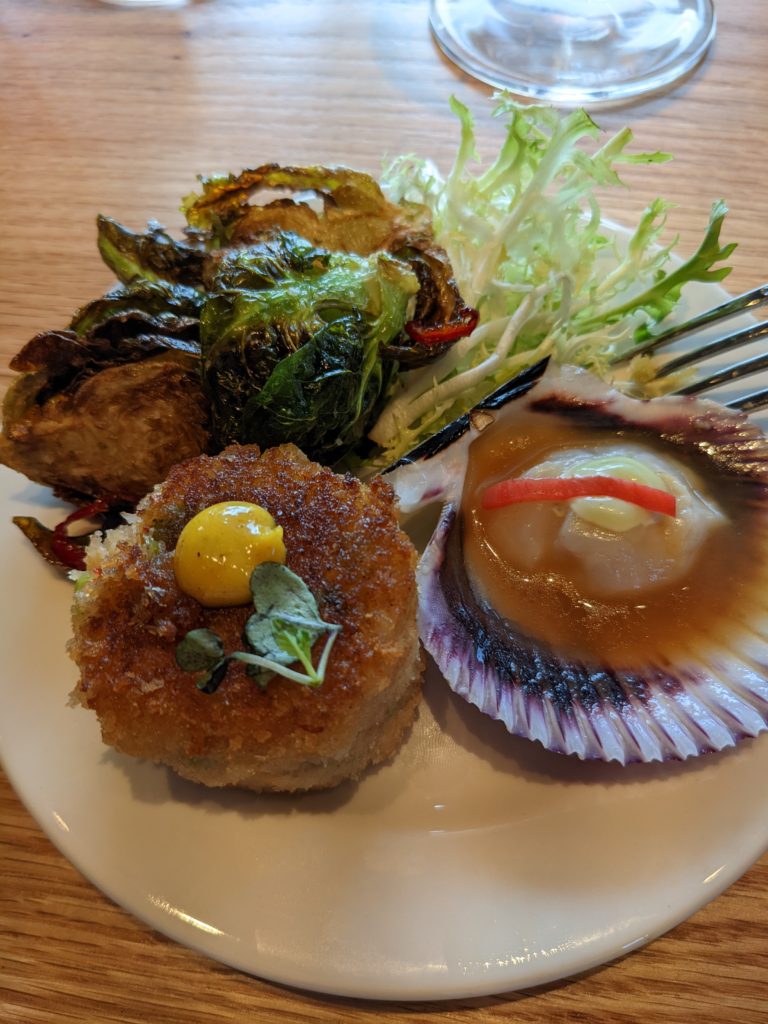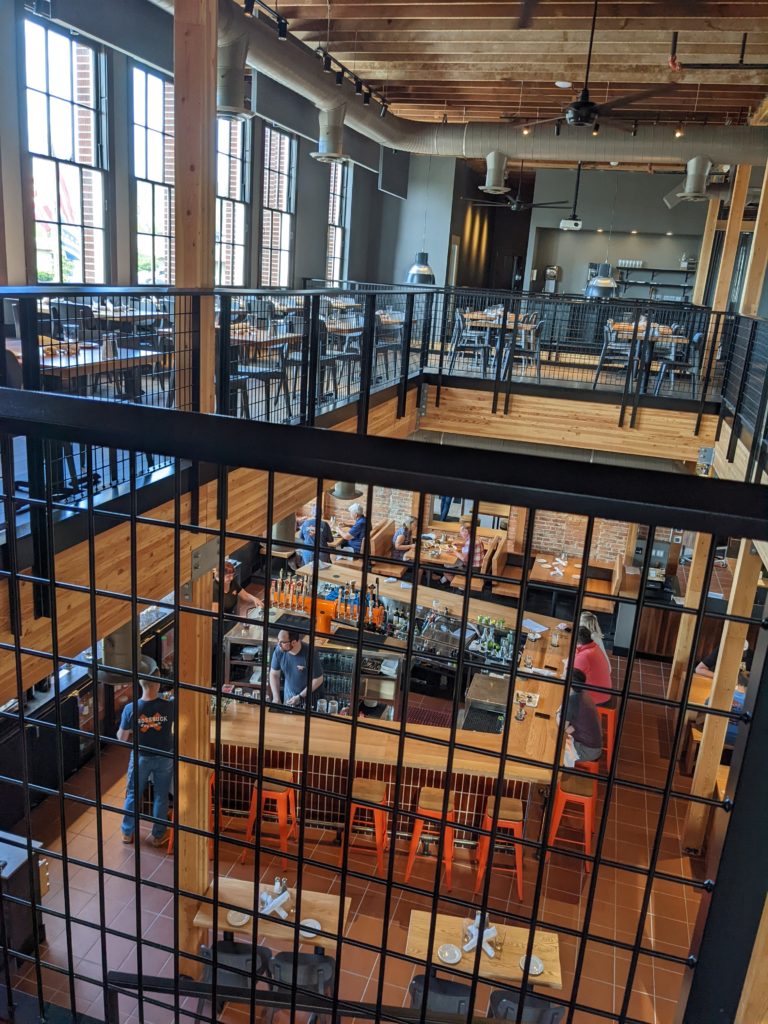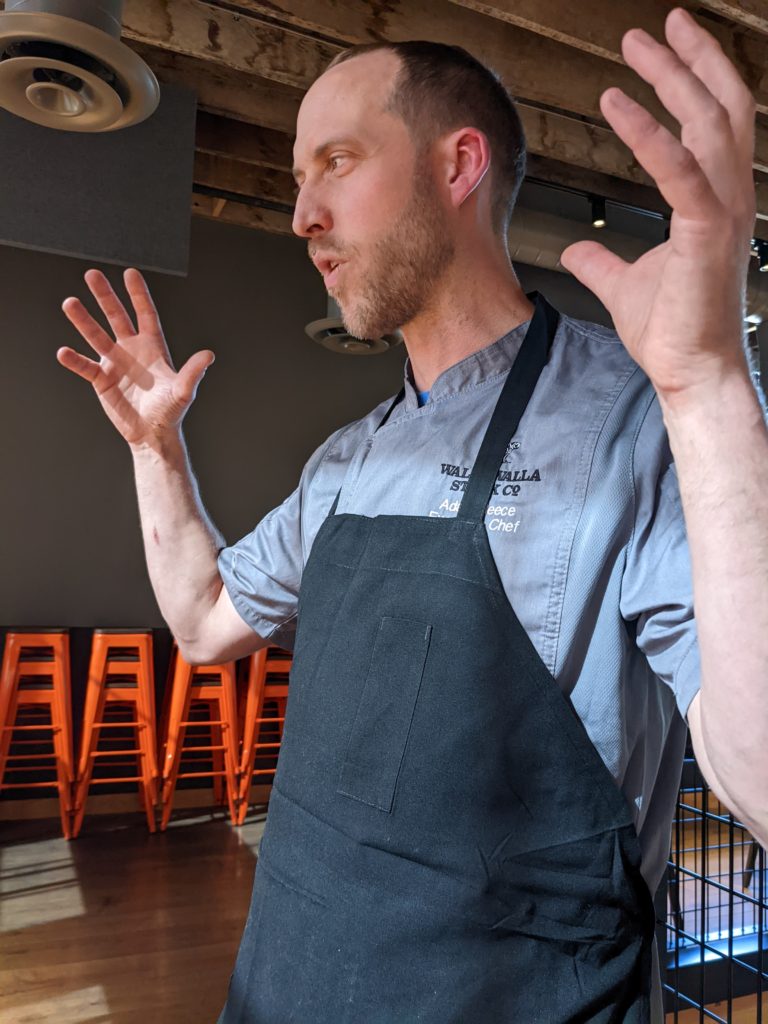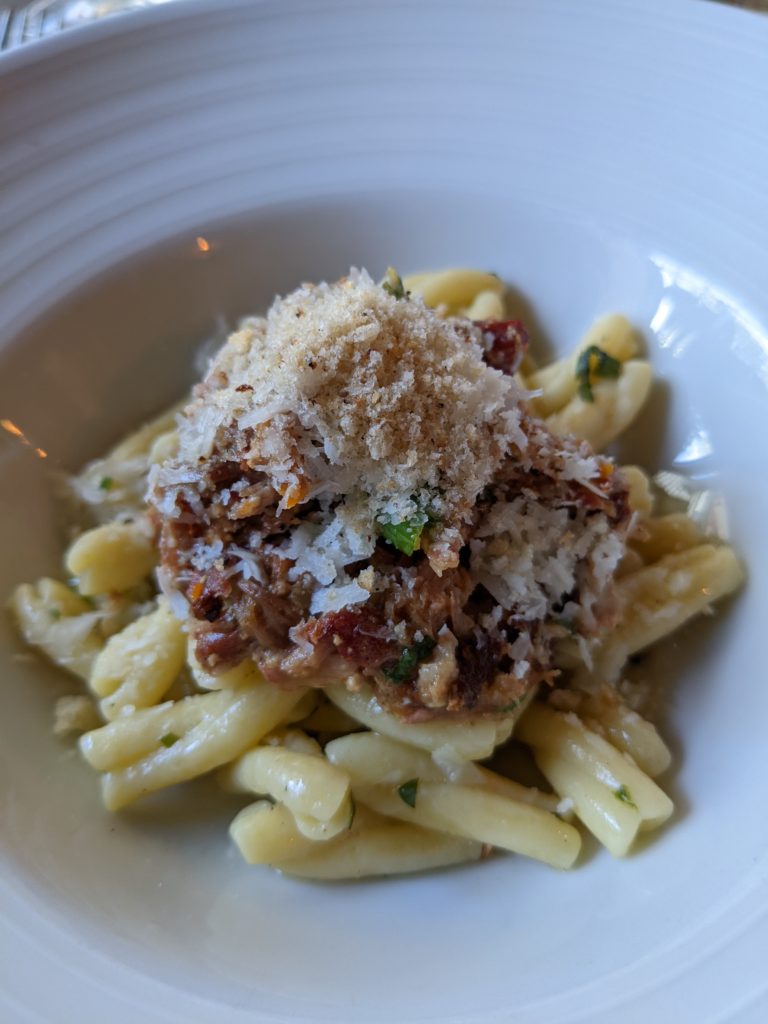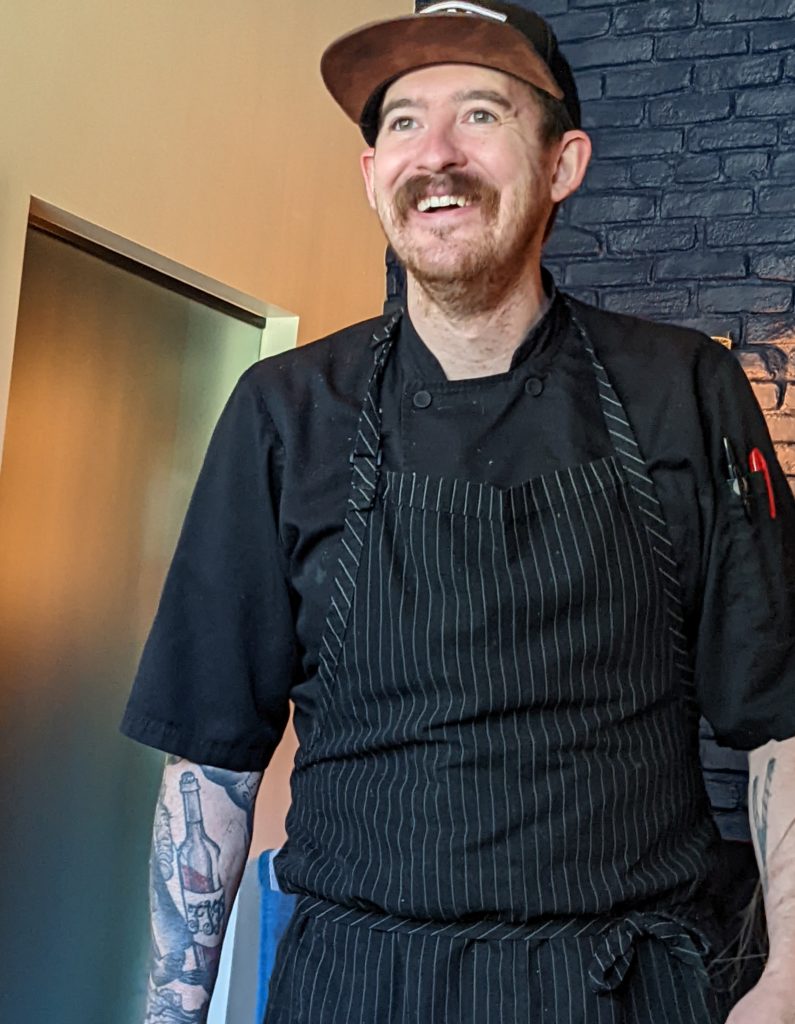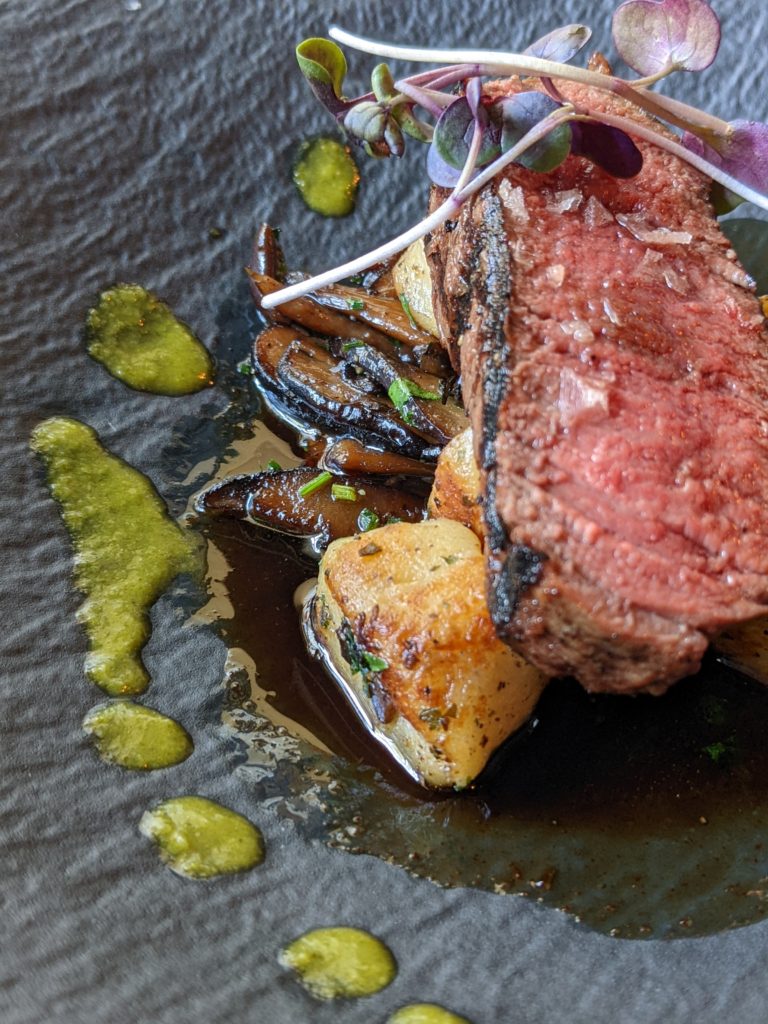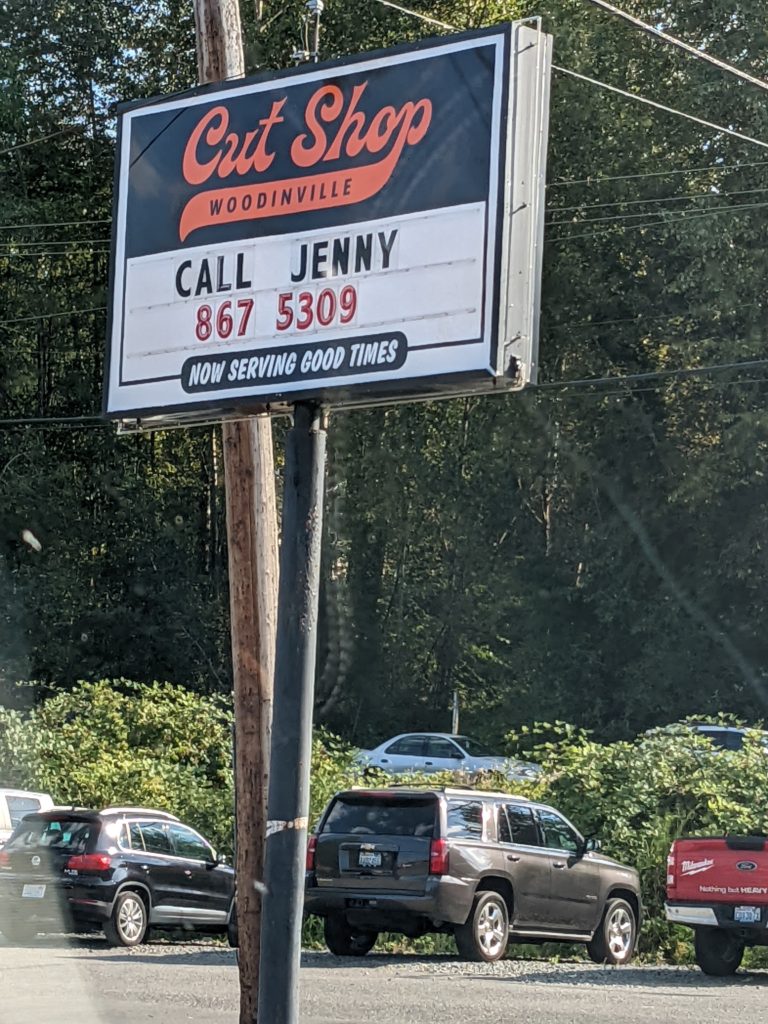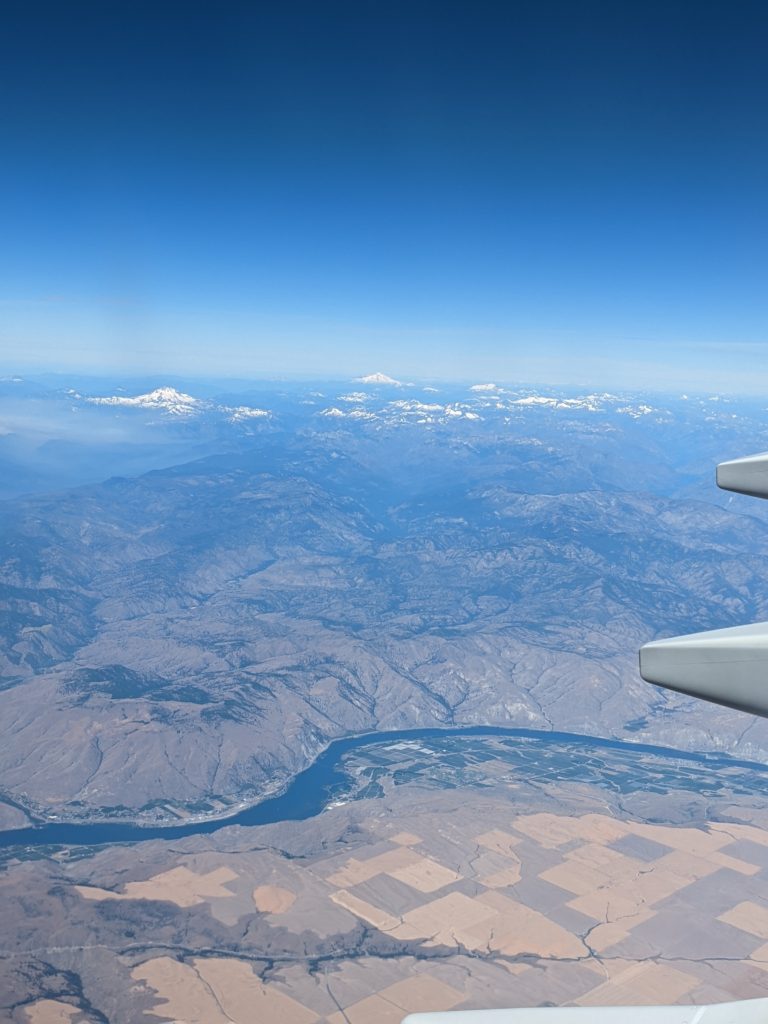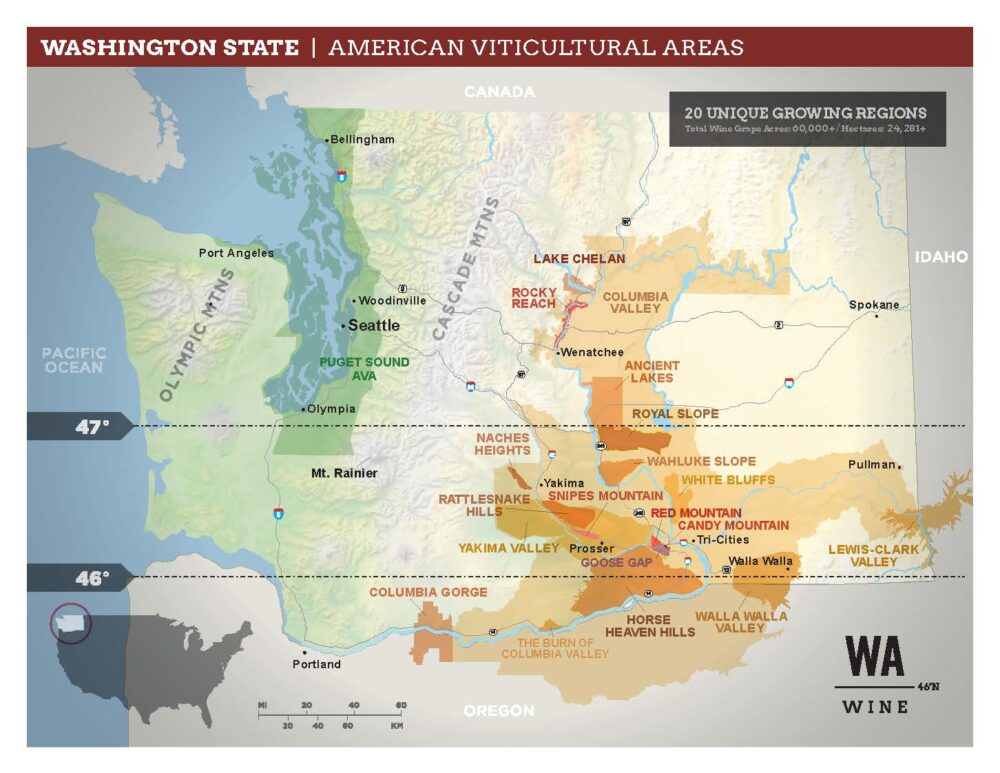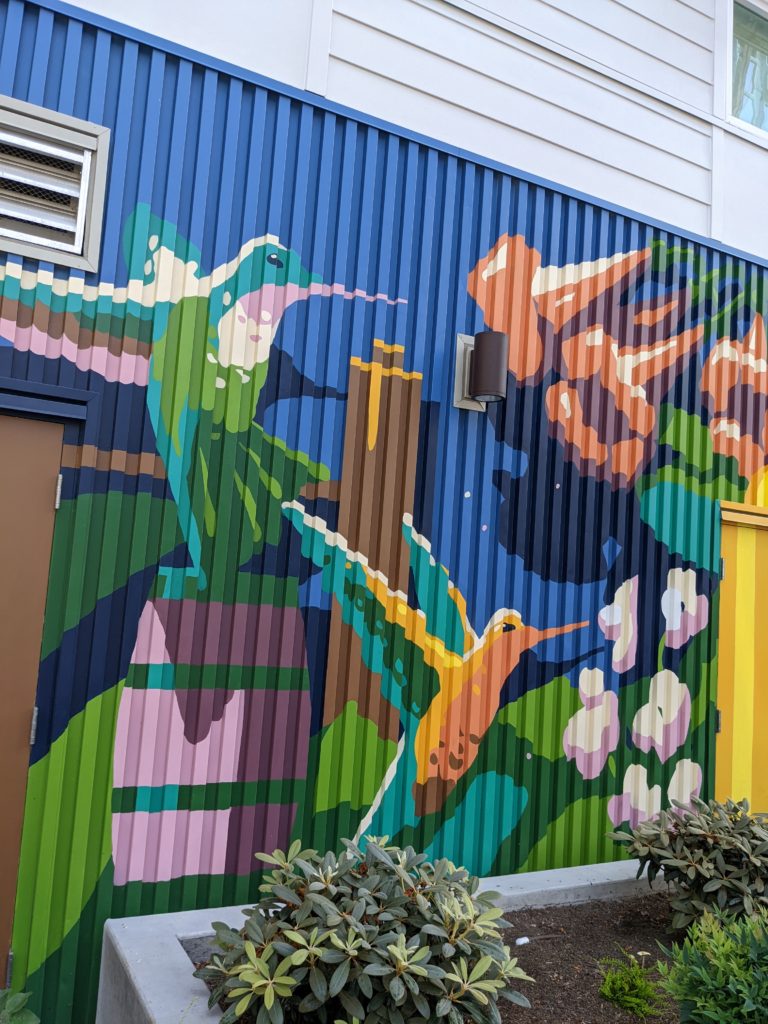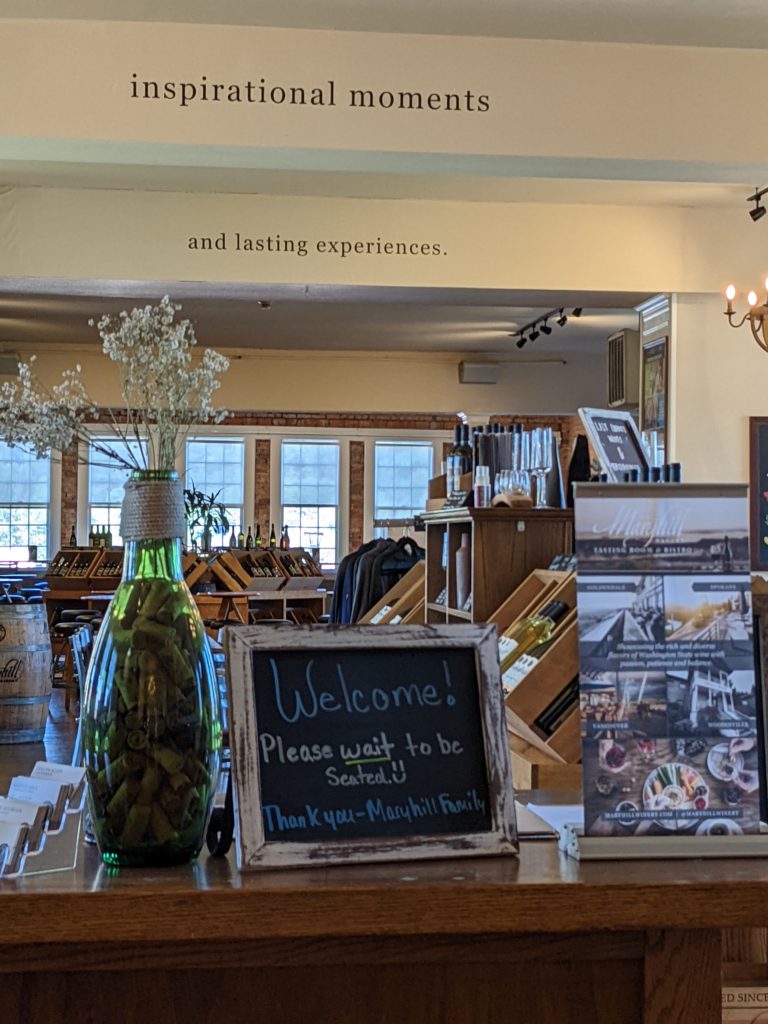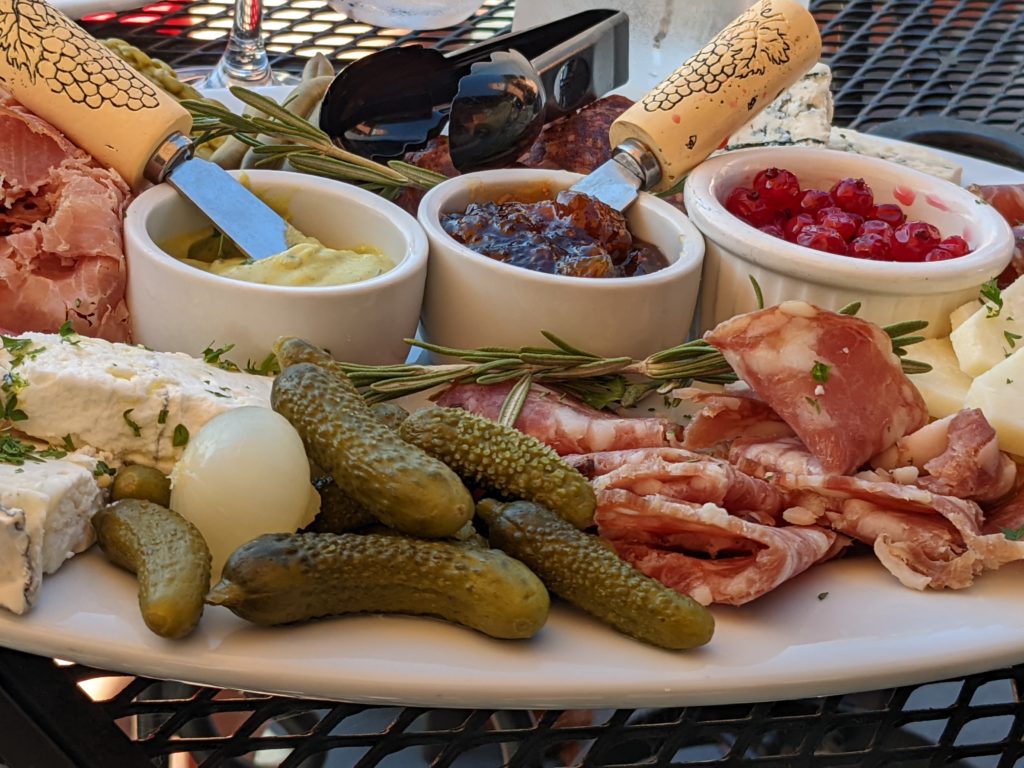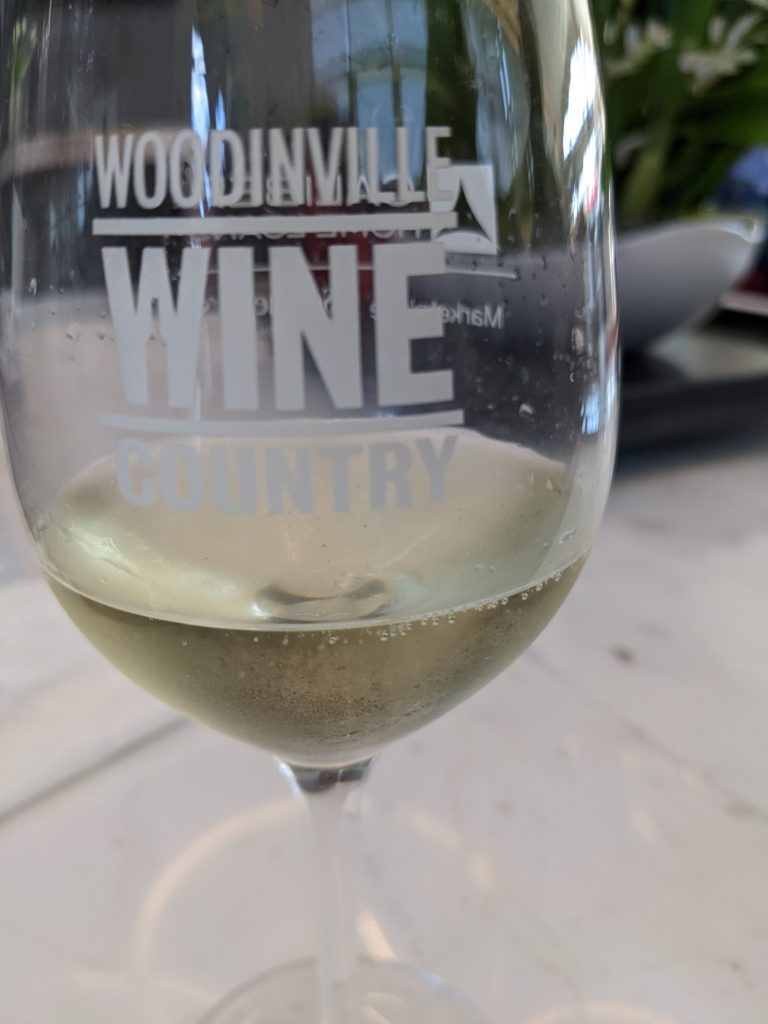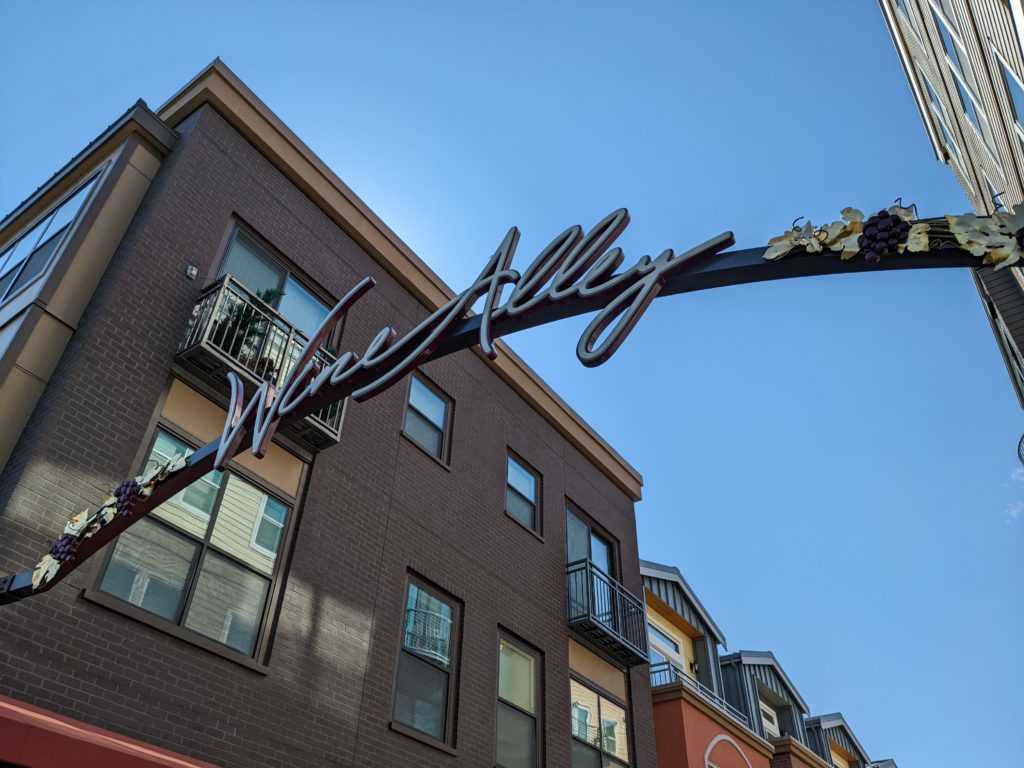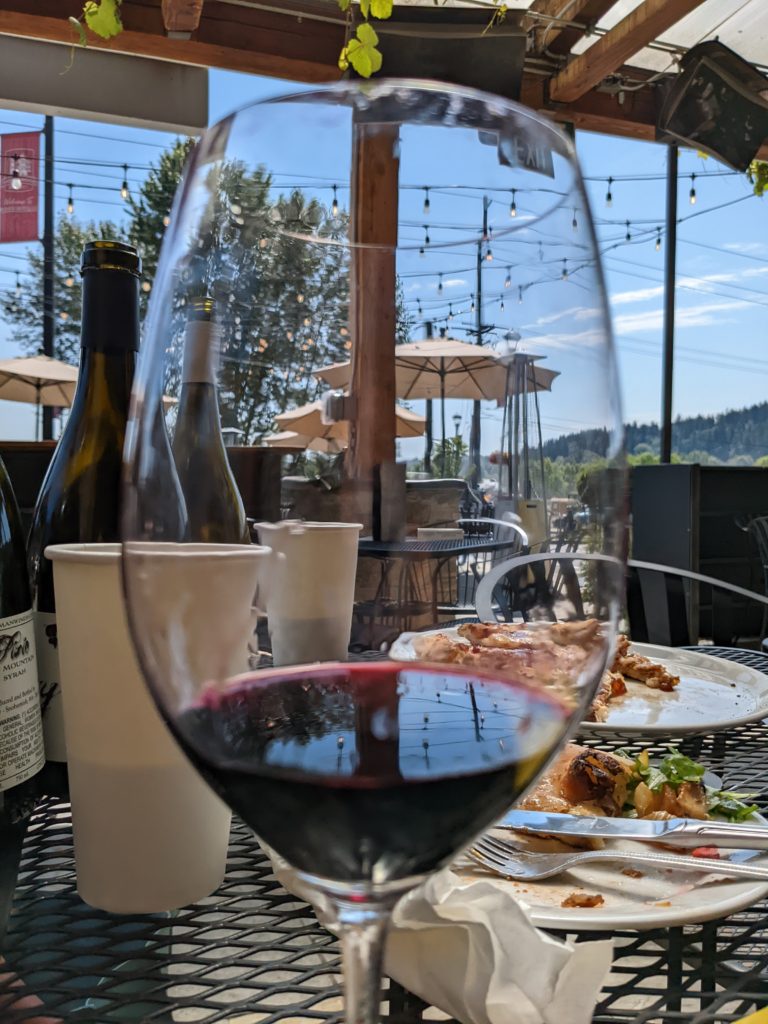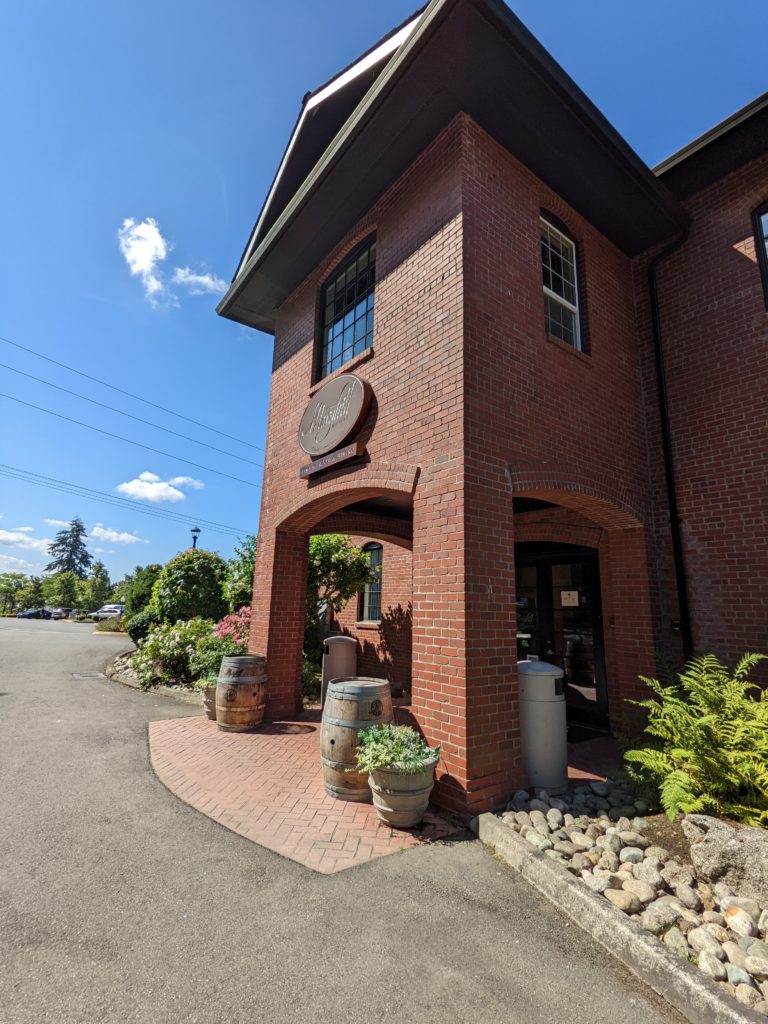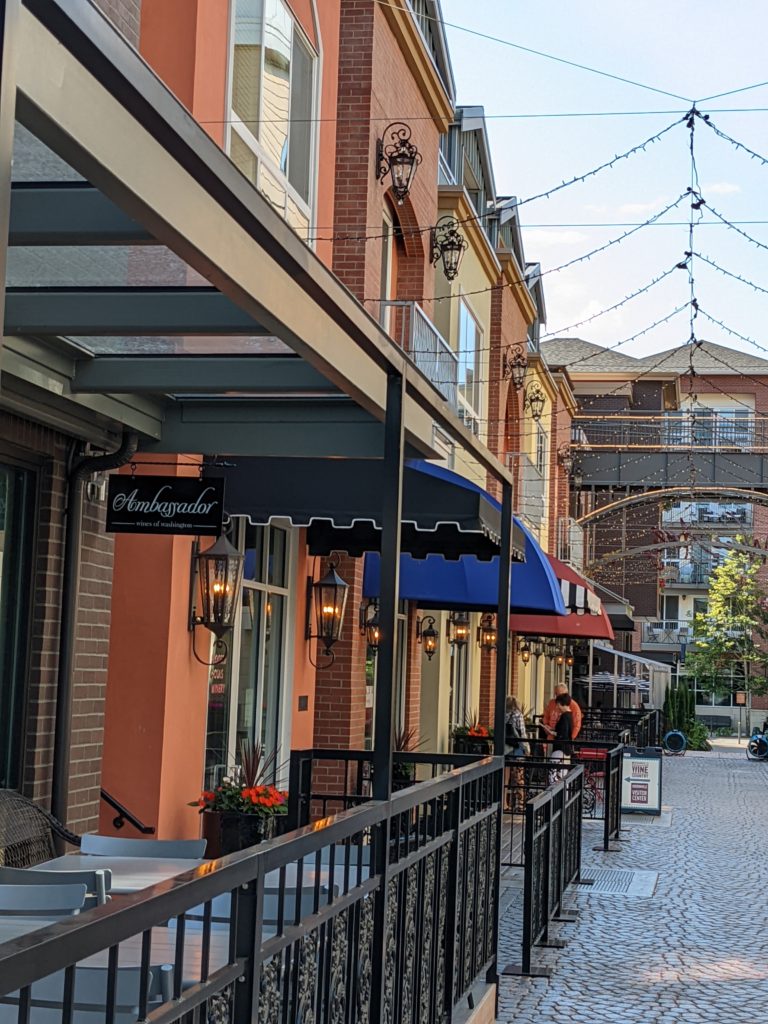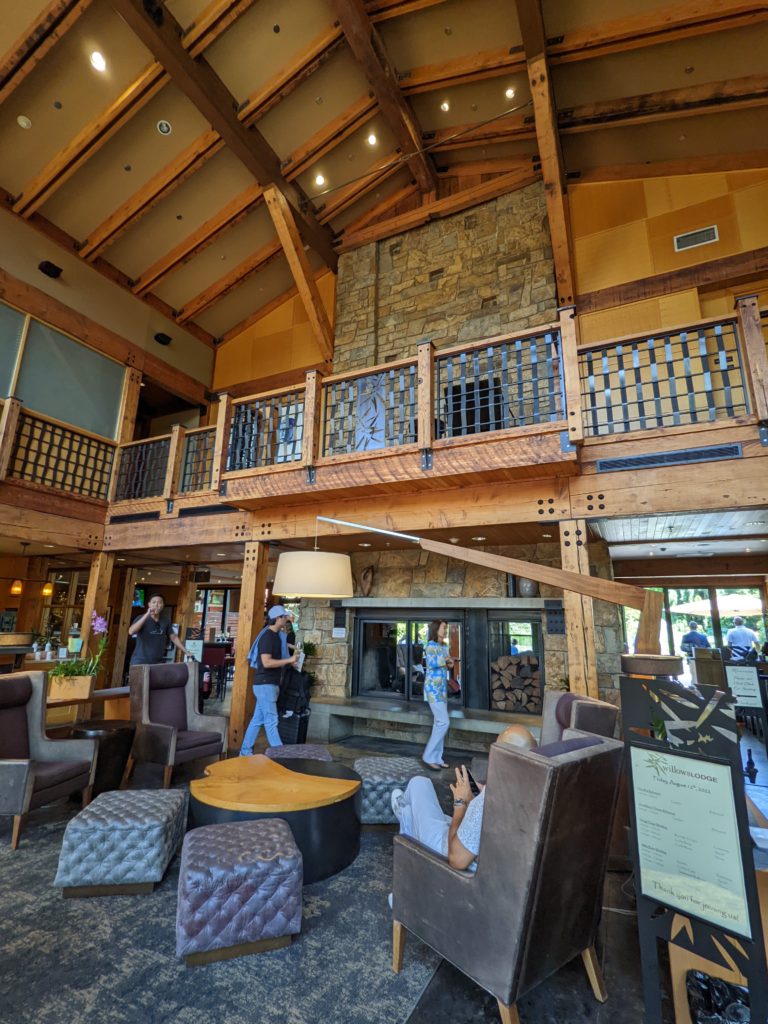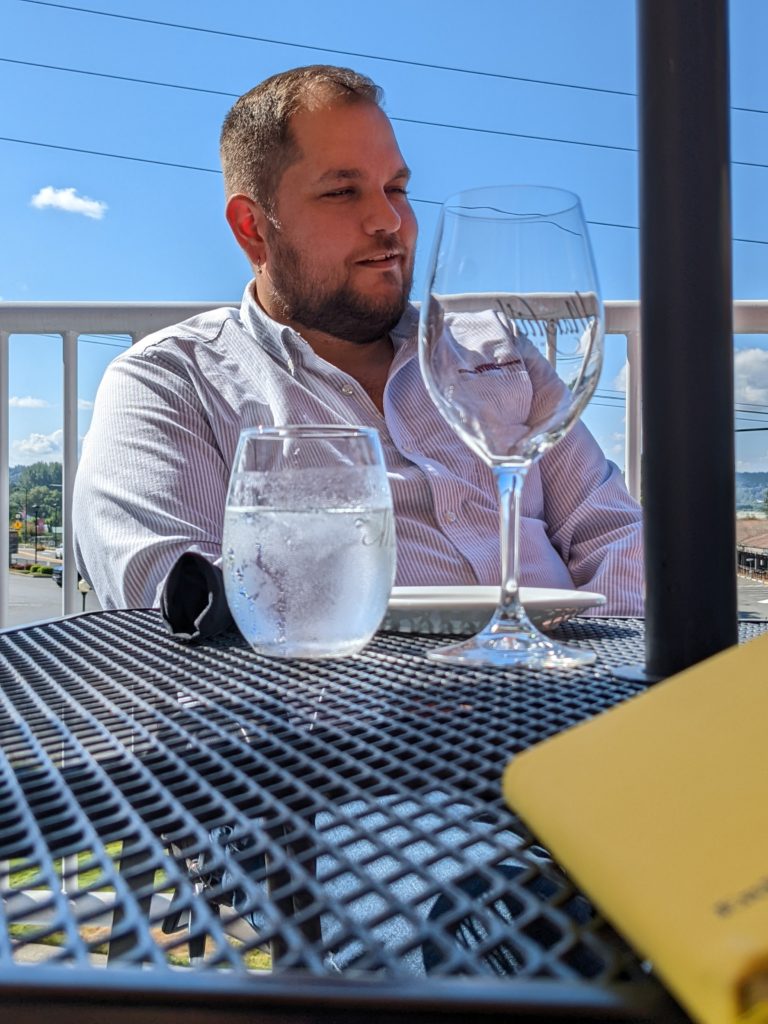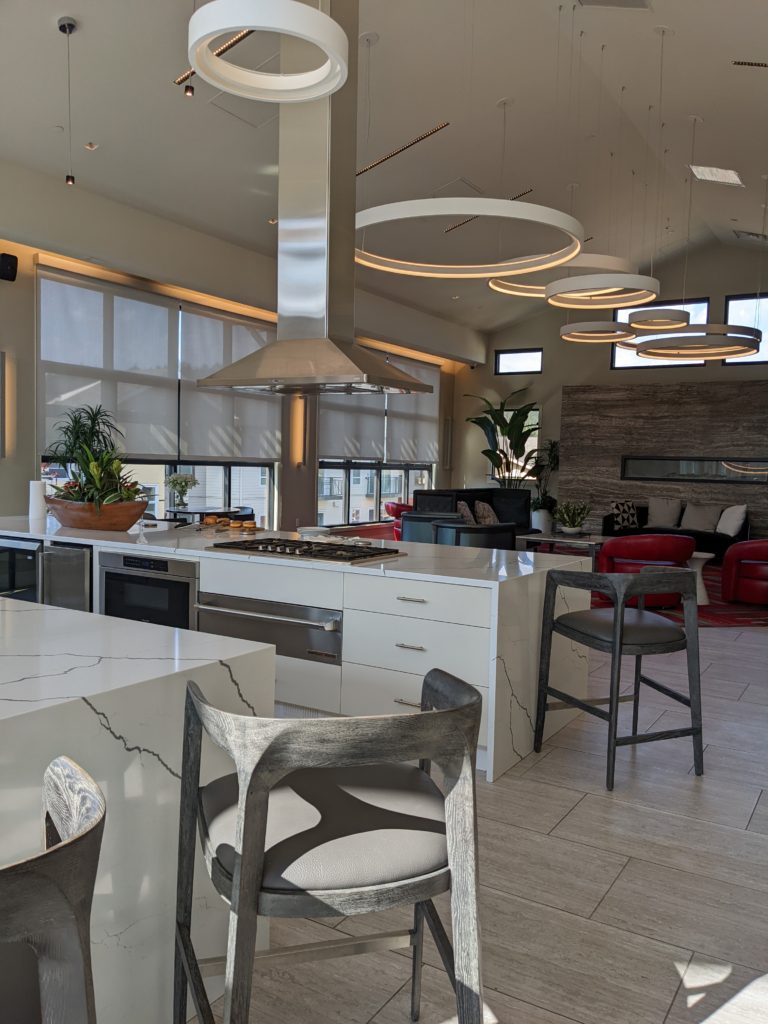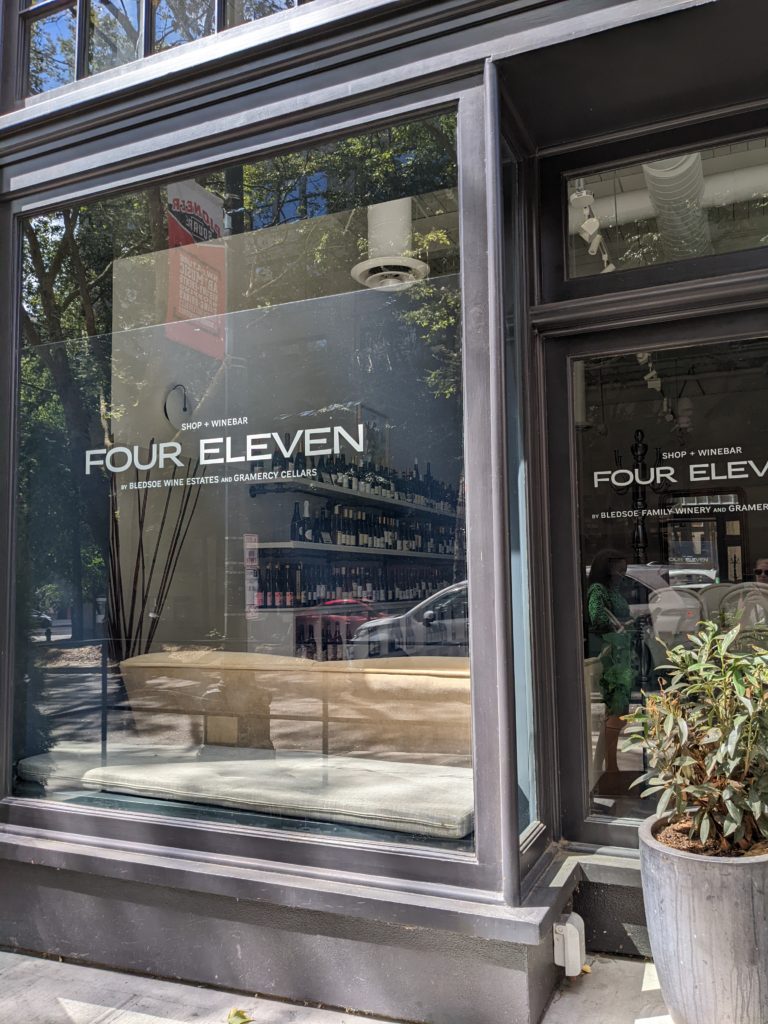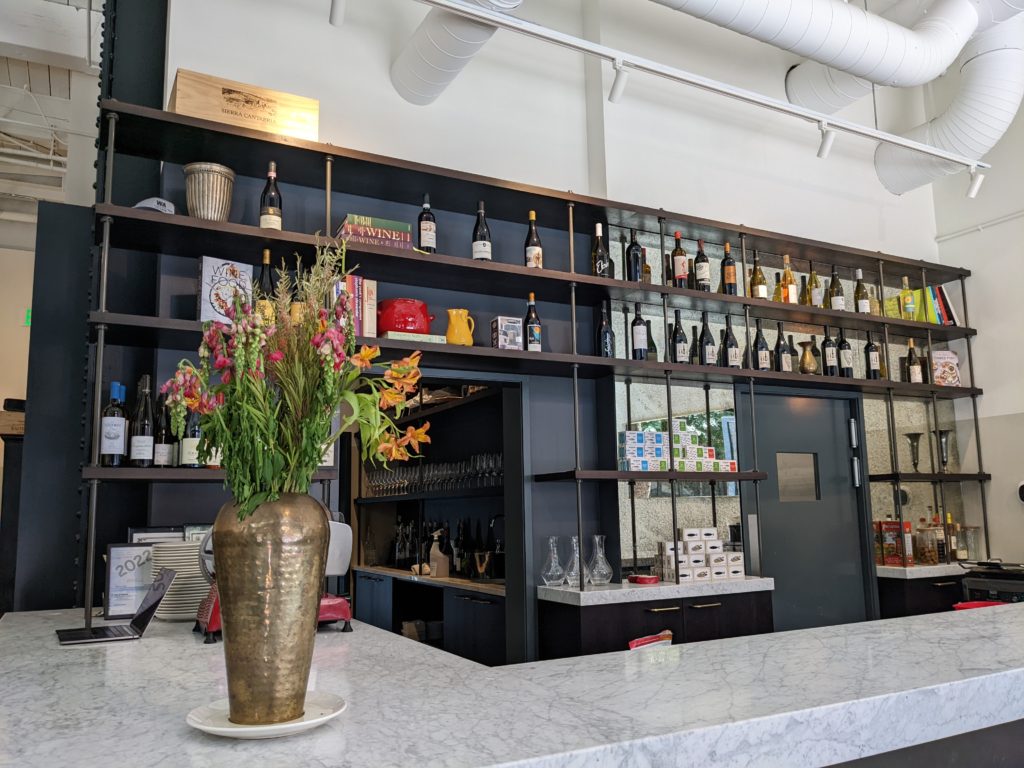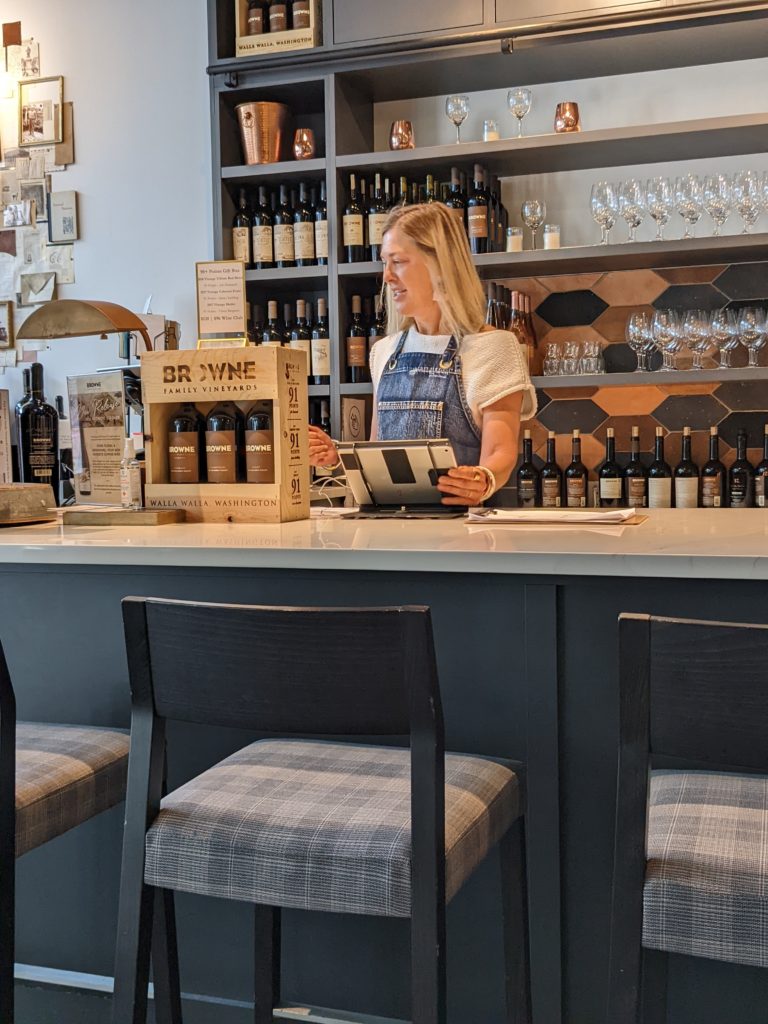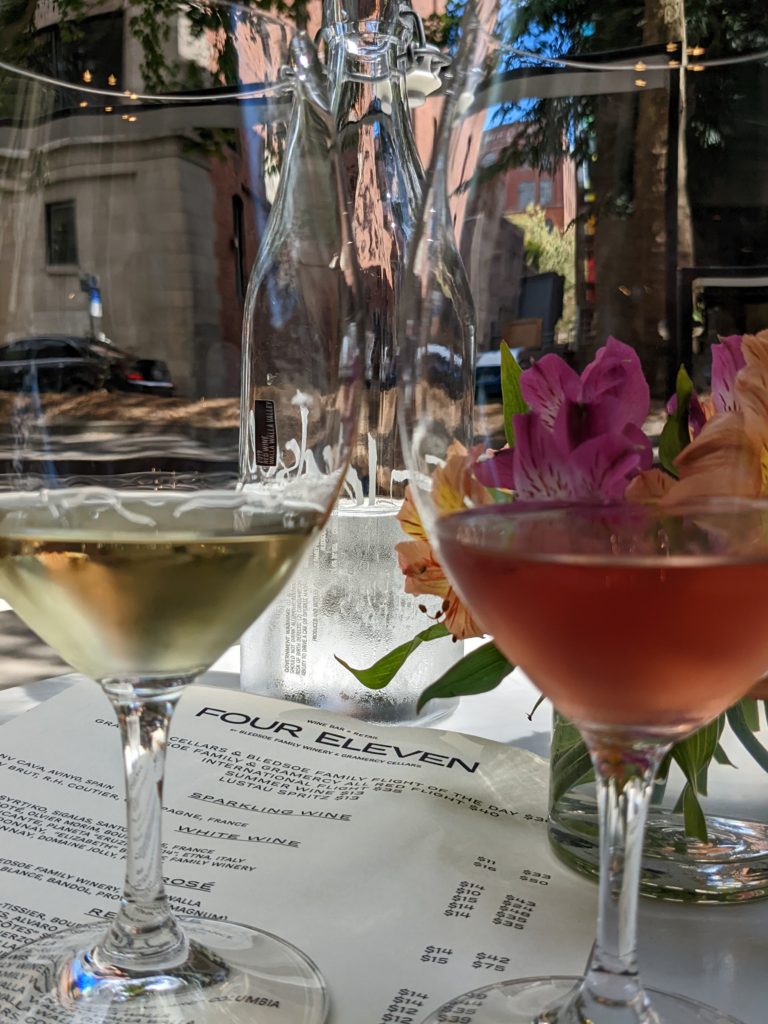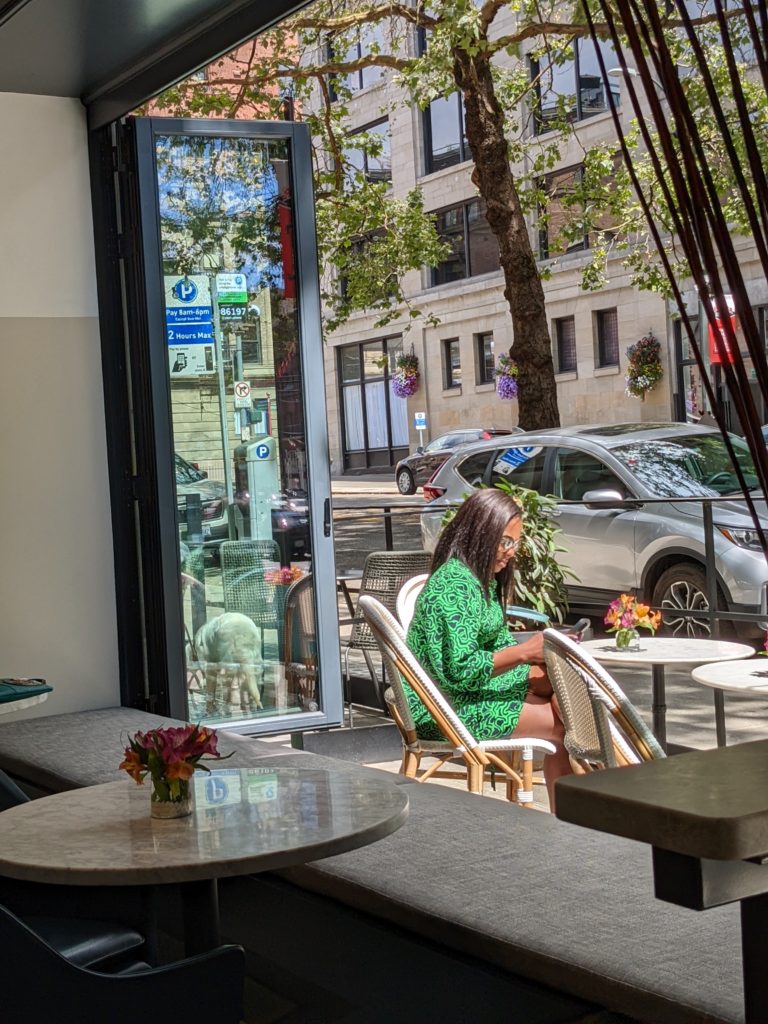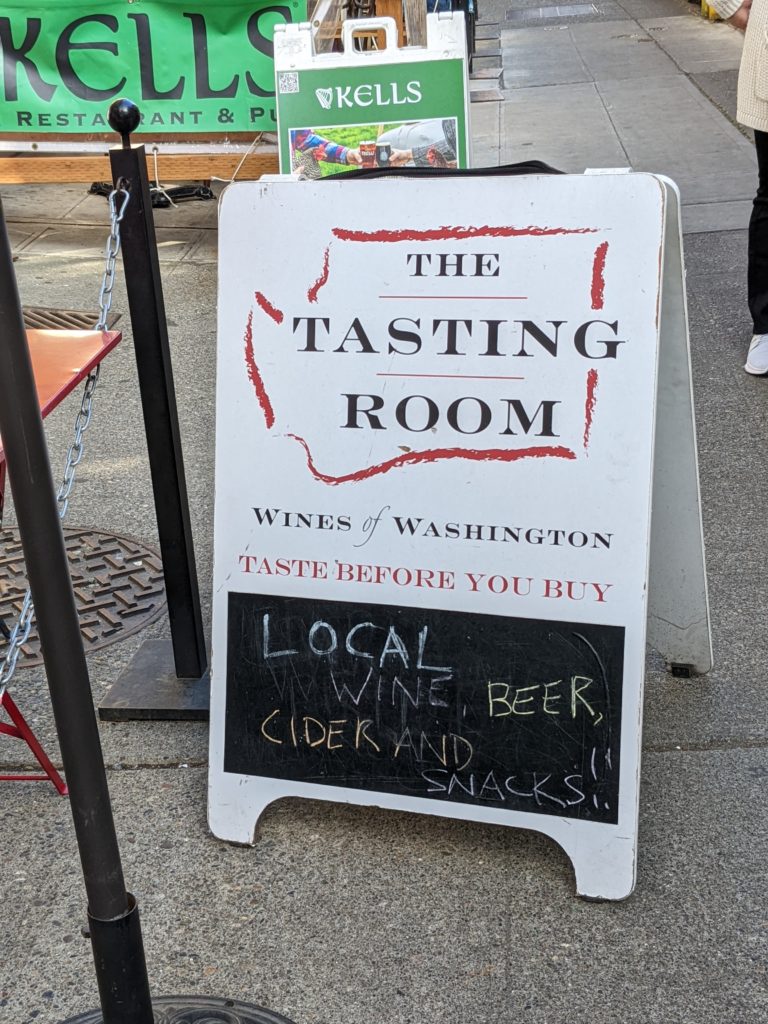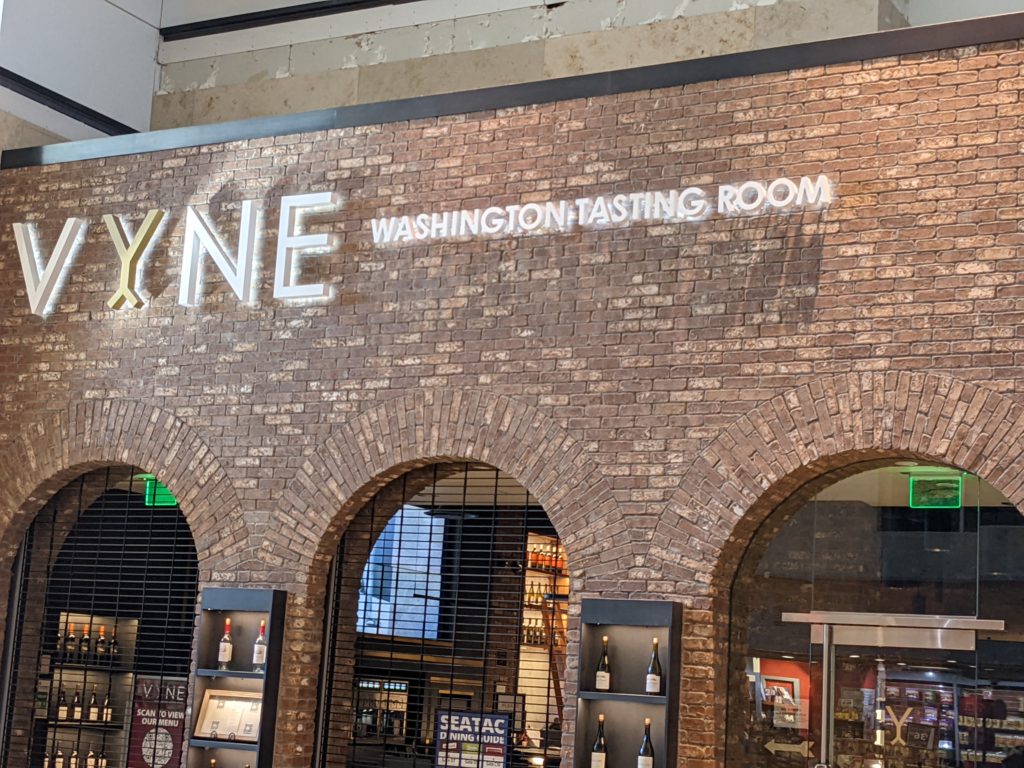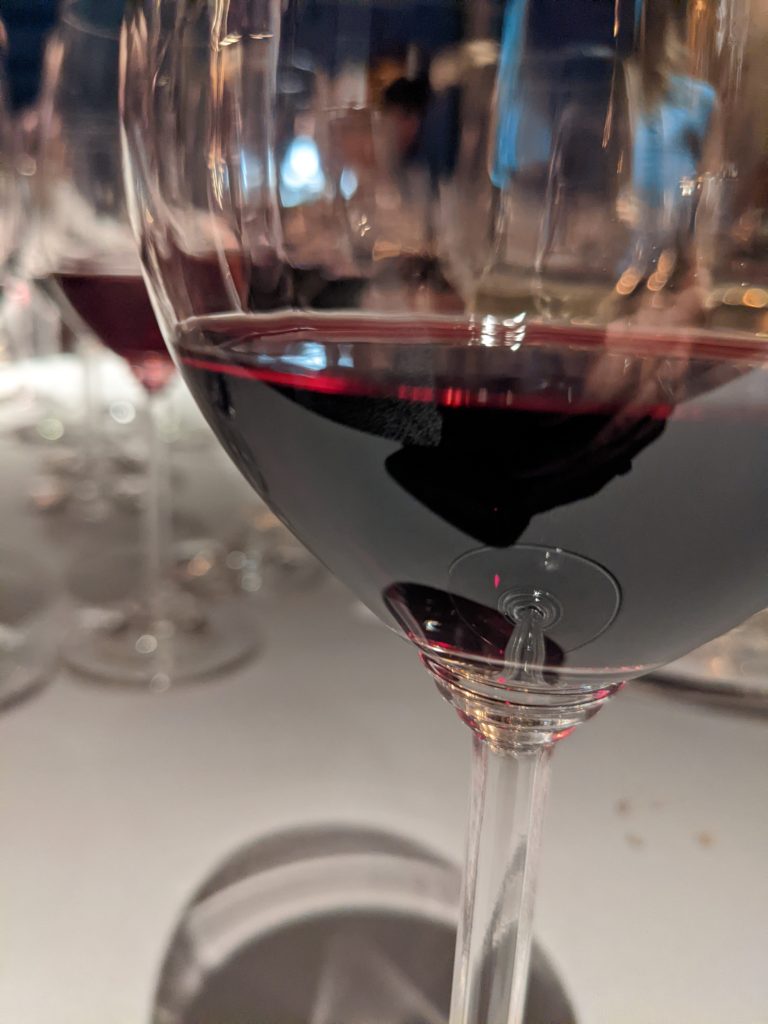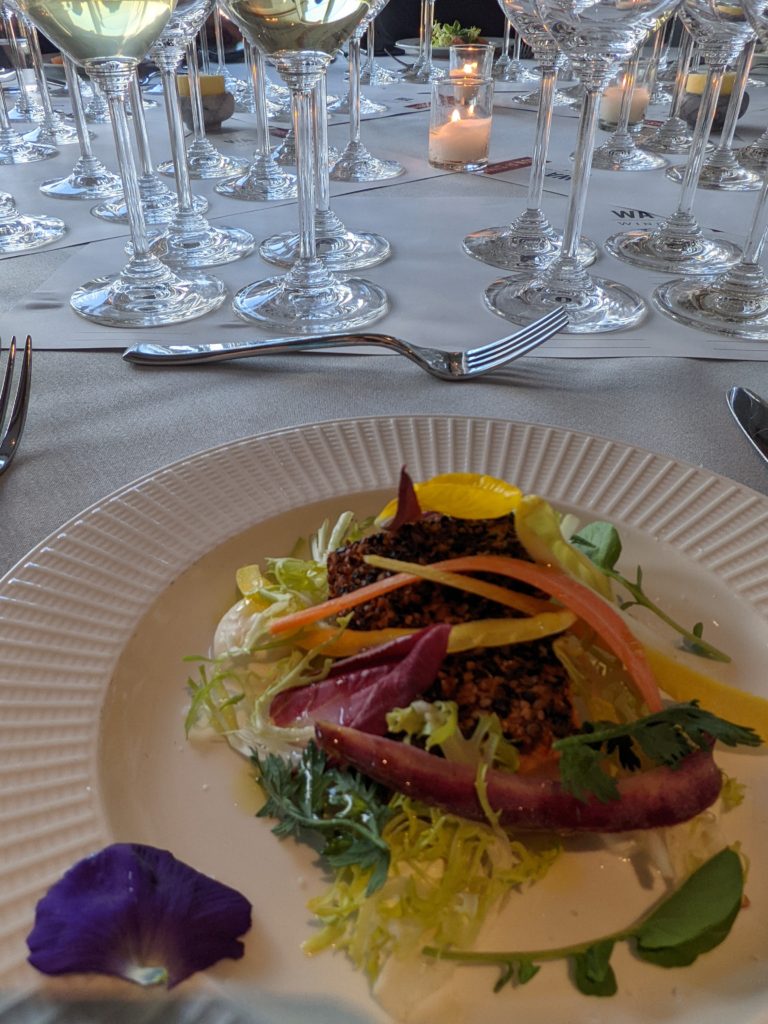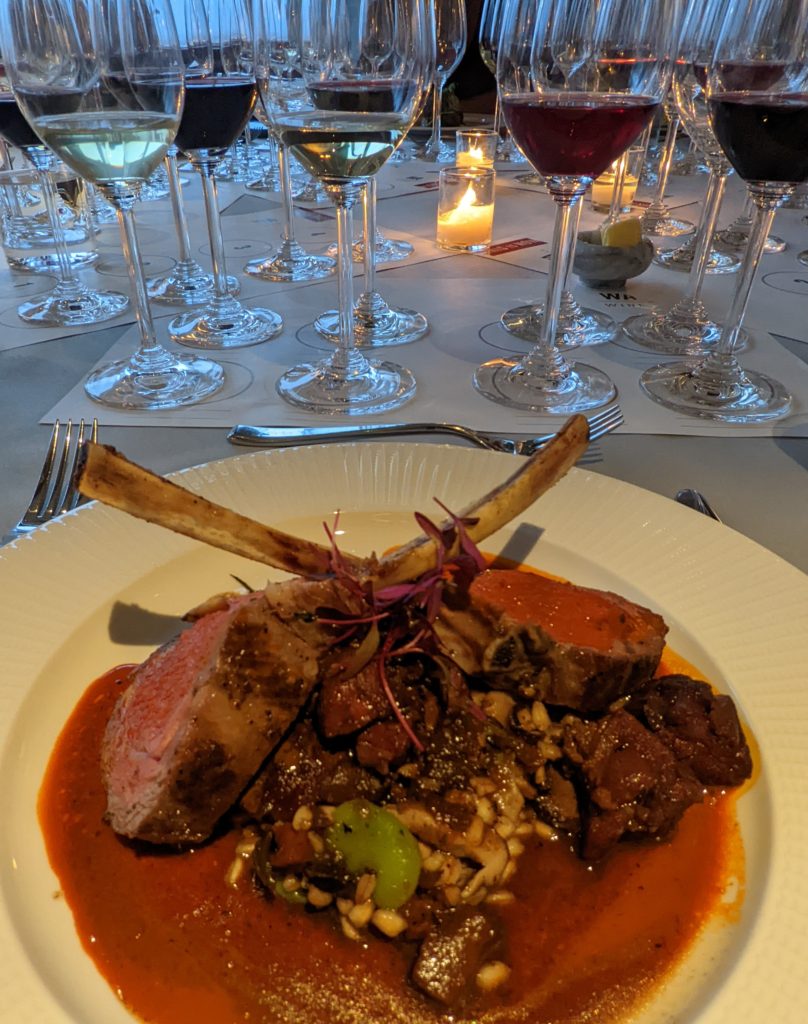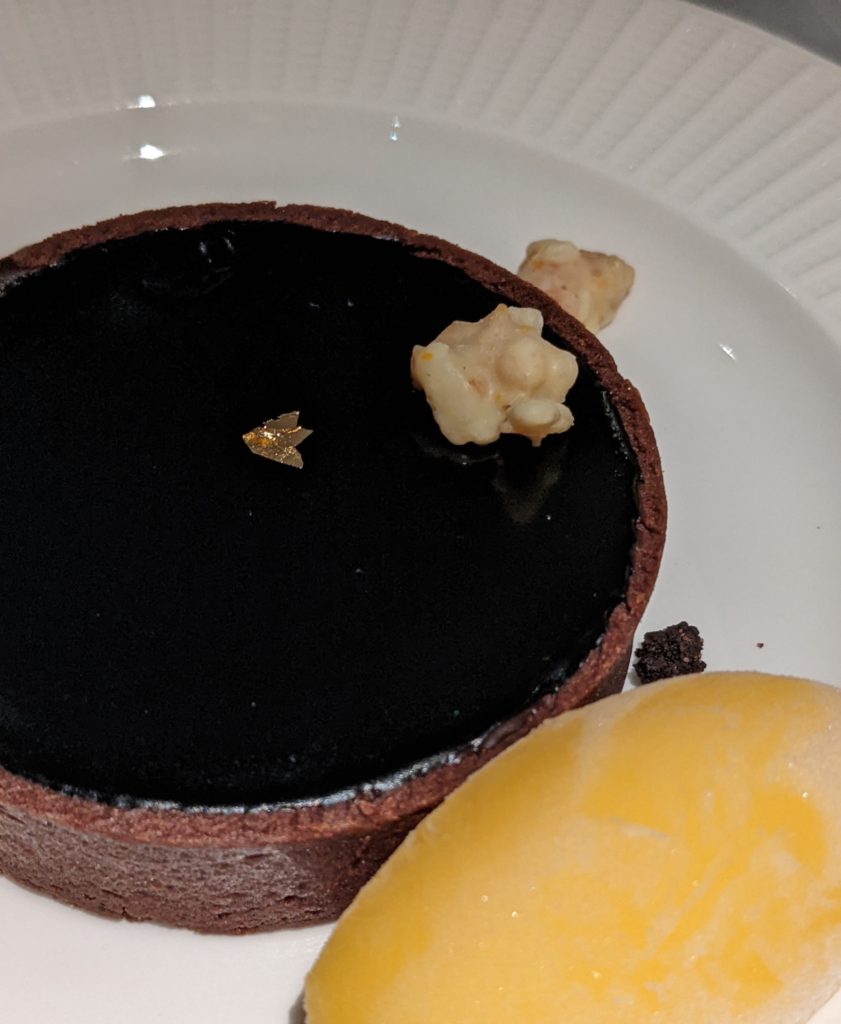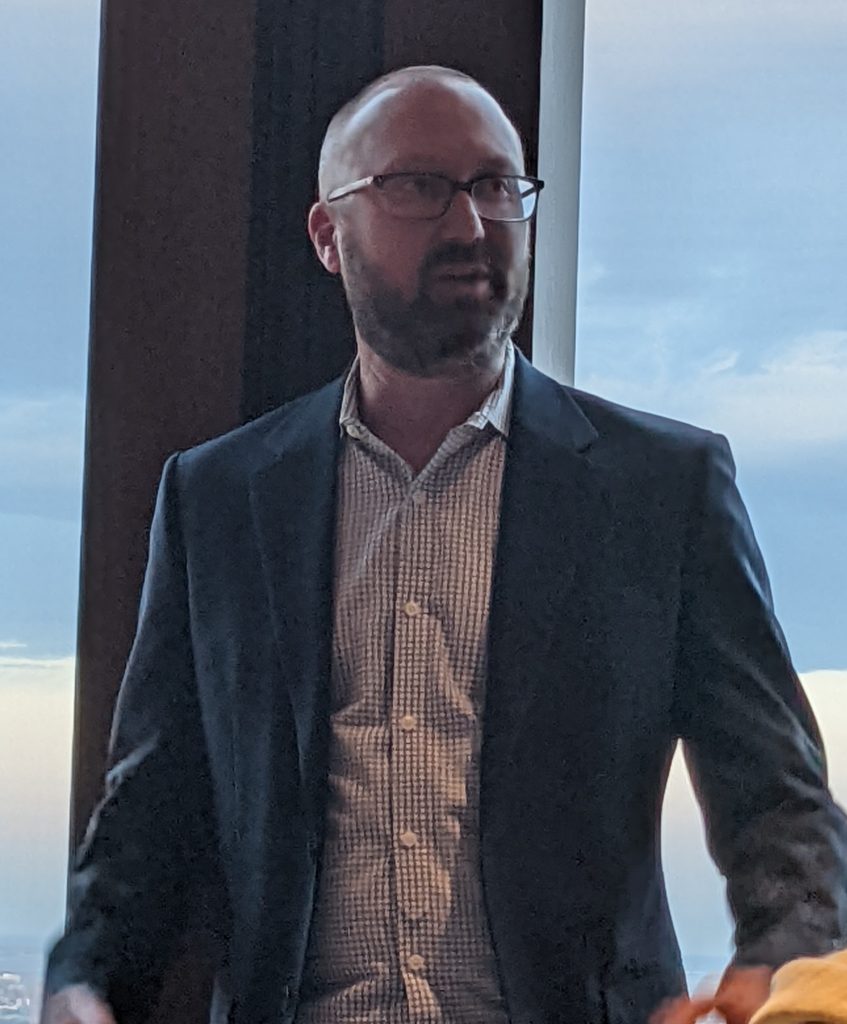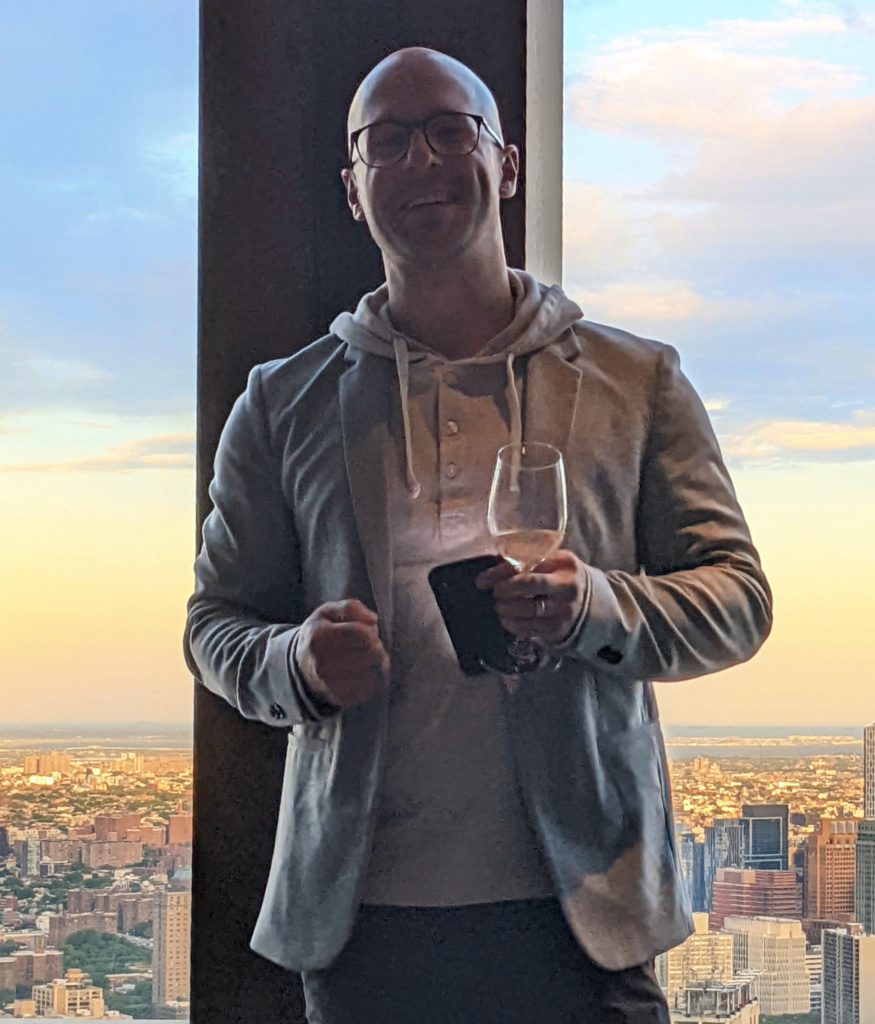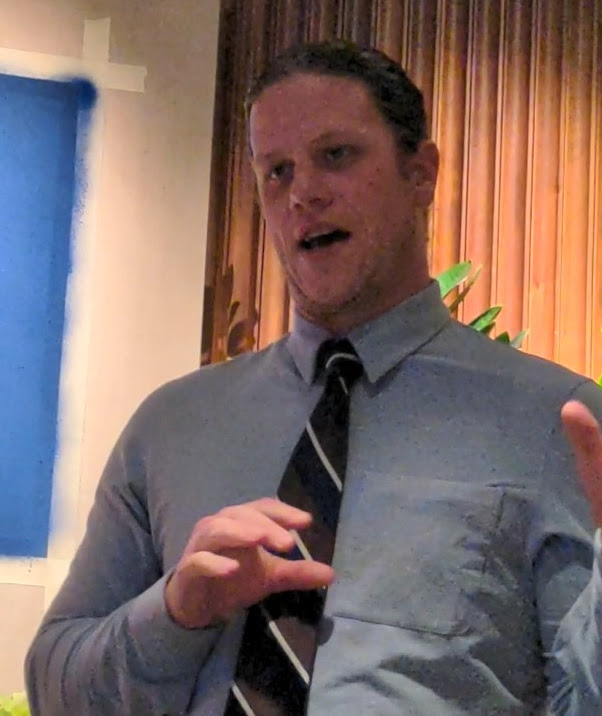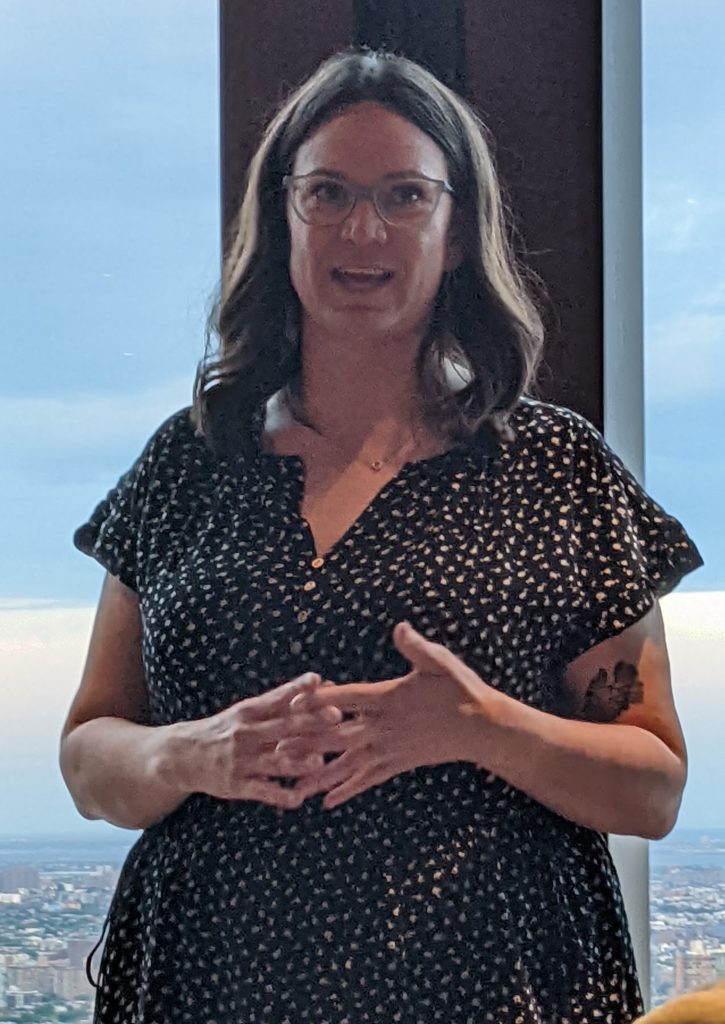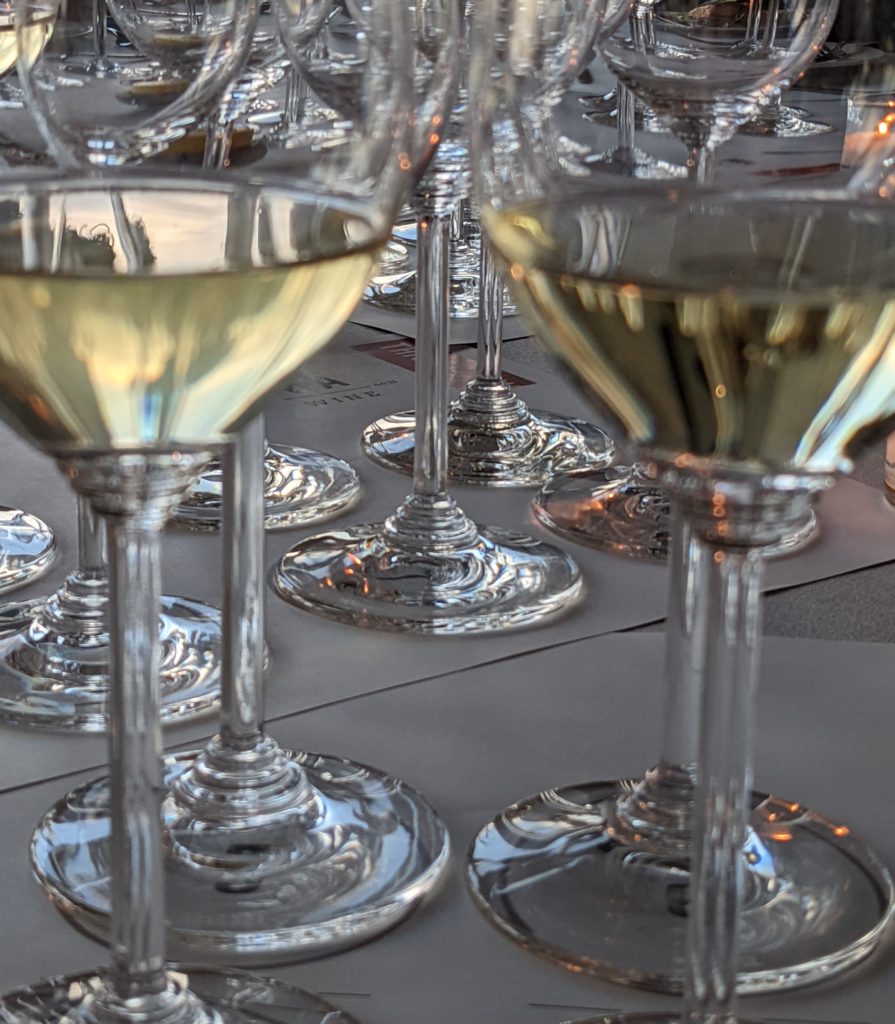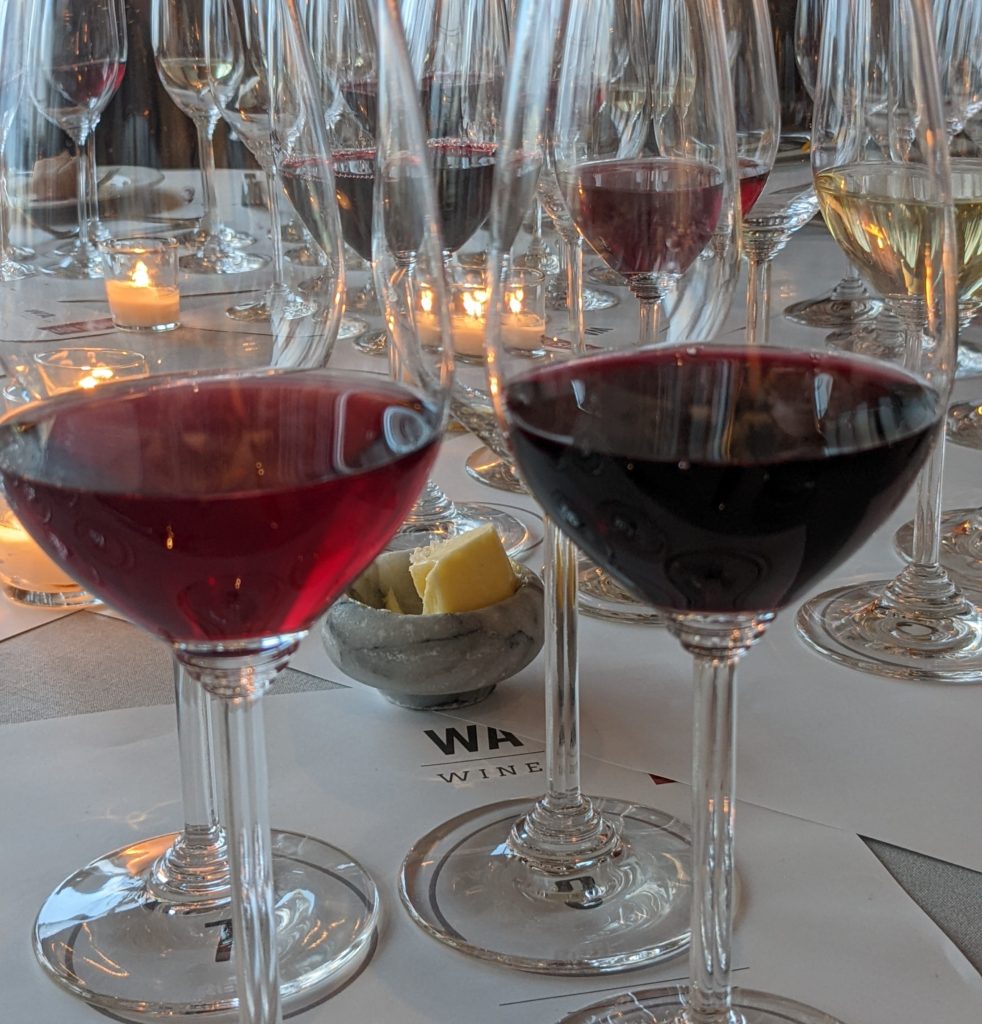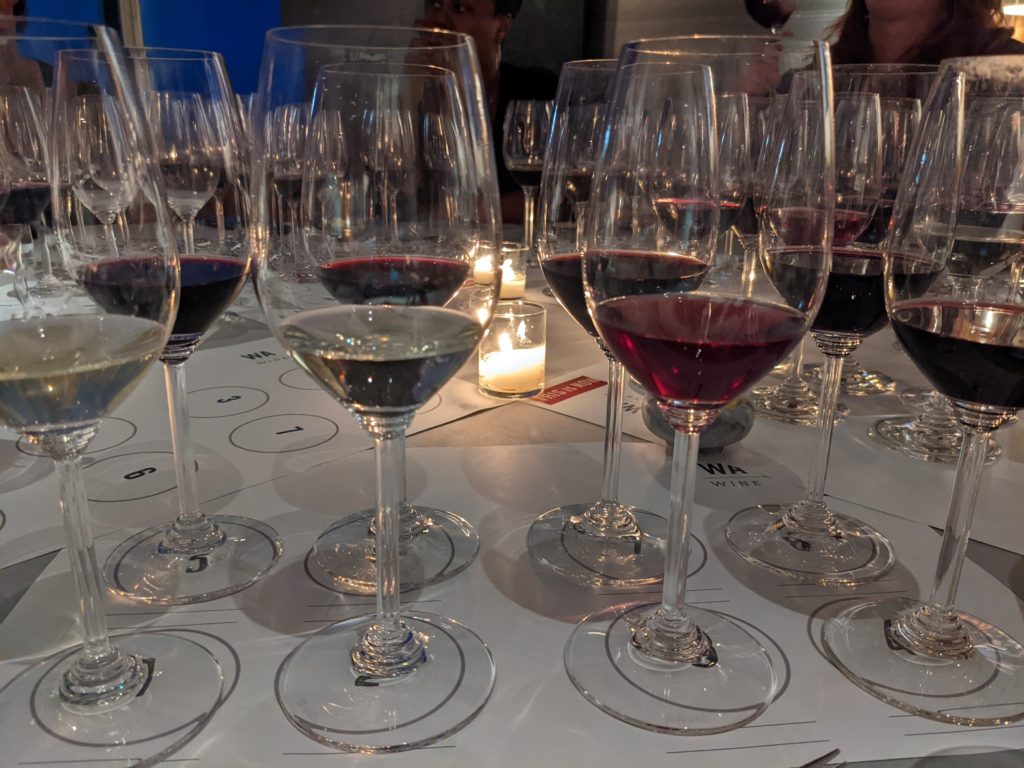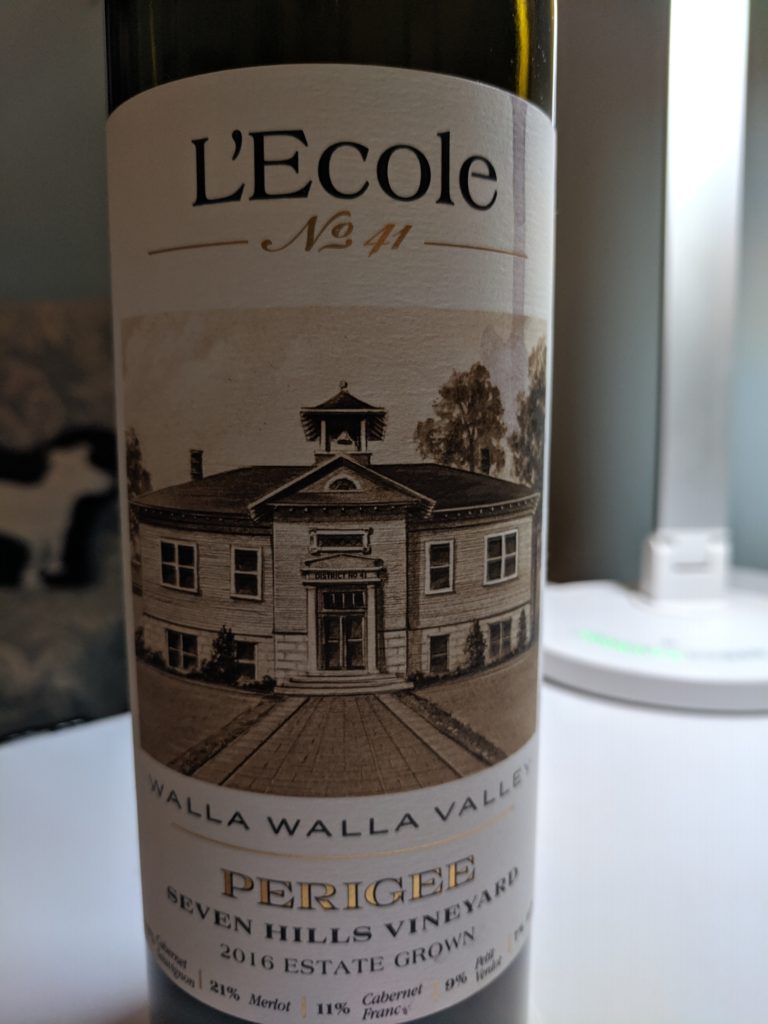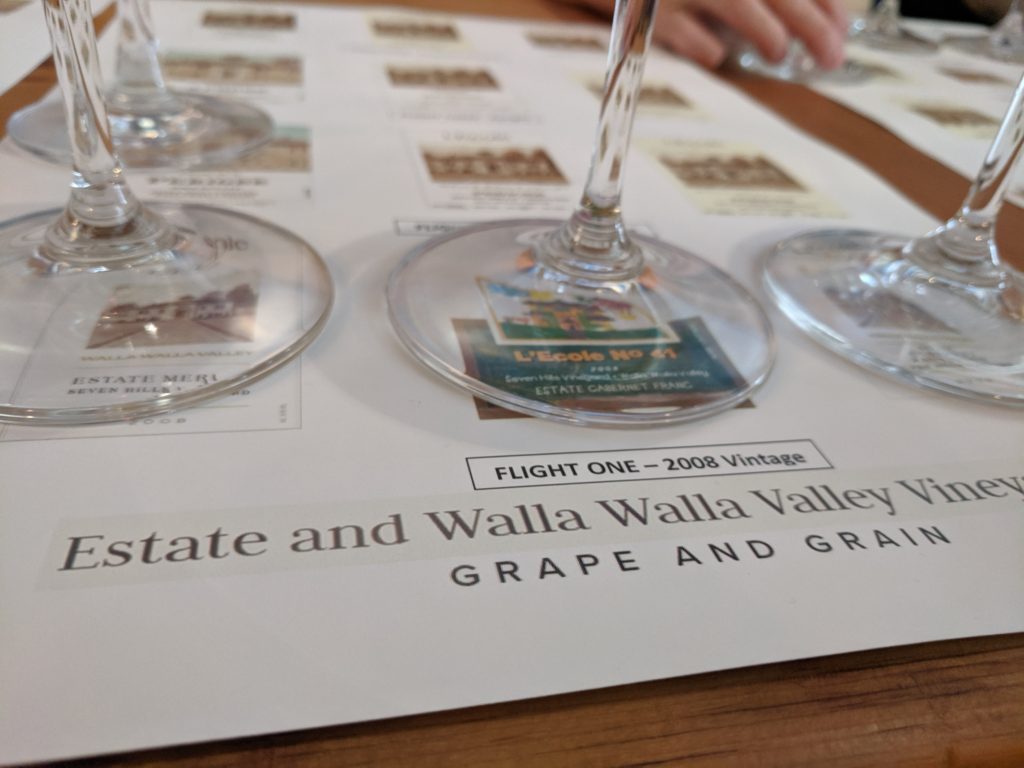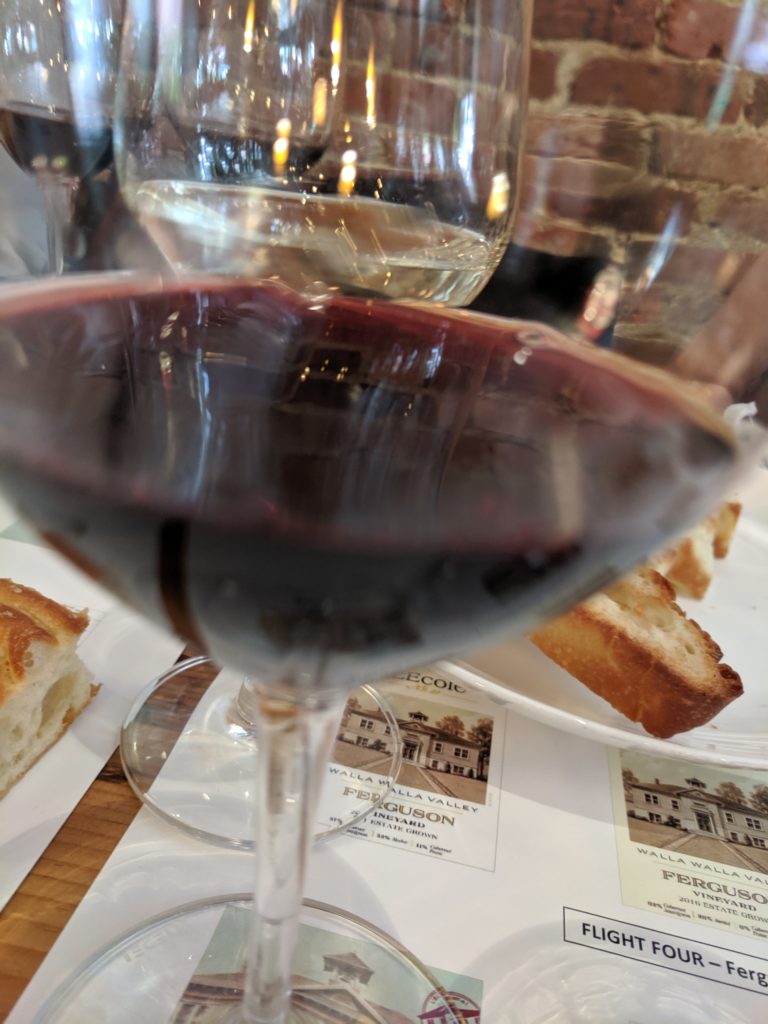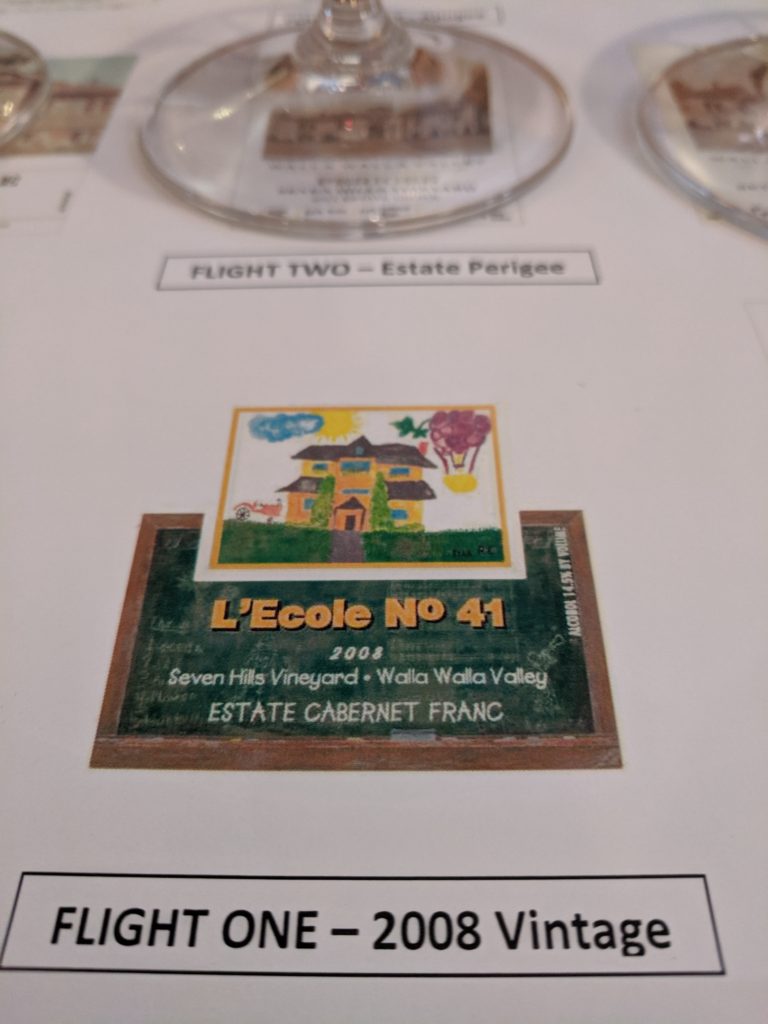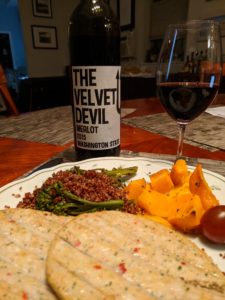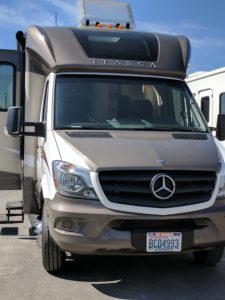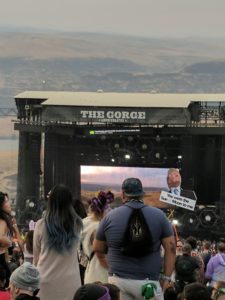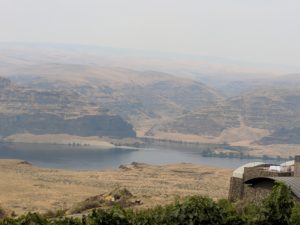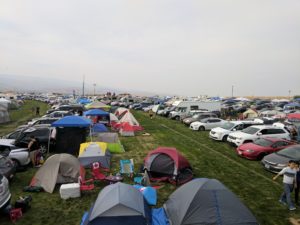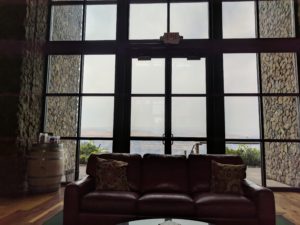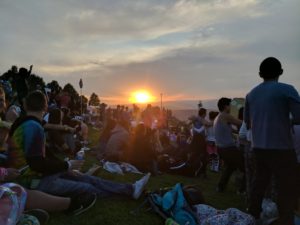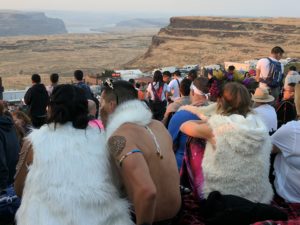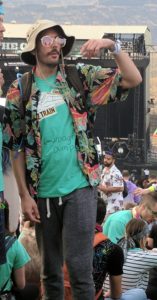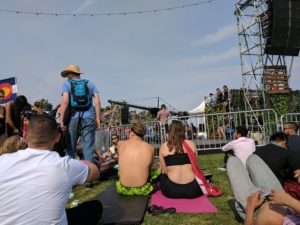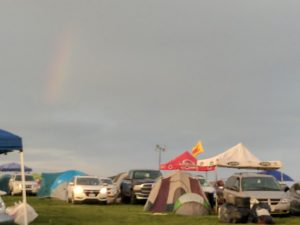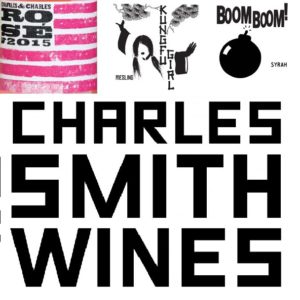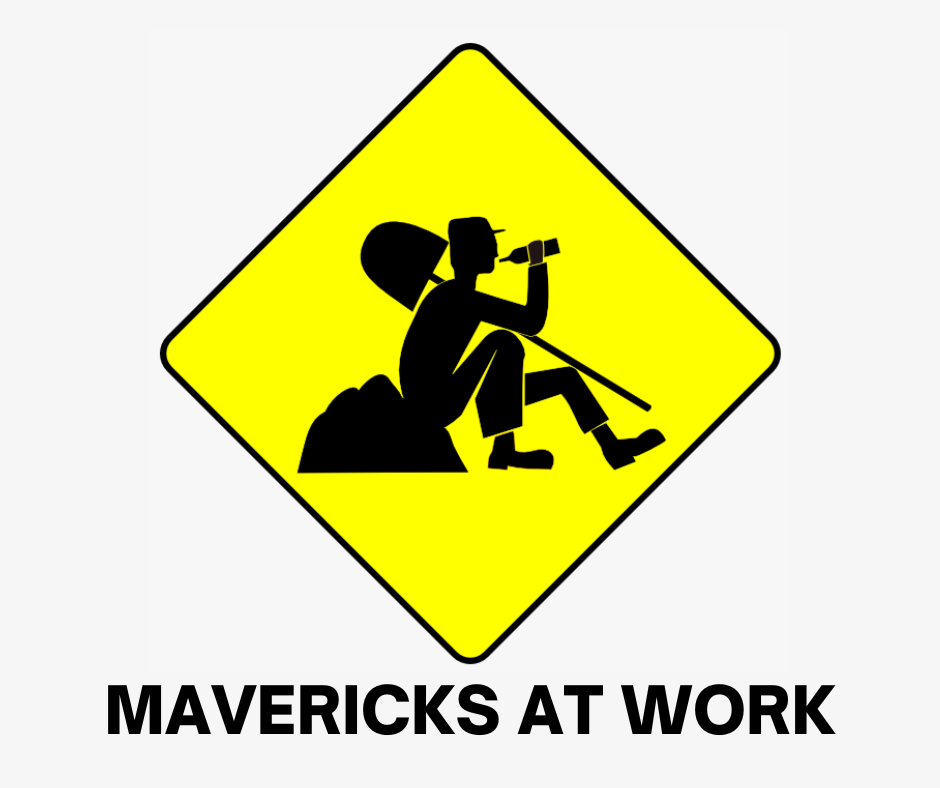
As previously reported, Washington wine is hot right now and deservedly so. If you are familiar with Washington wine, it is most likely in the guise of industry leader, Chateau Ste. Michelle, which was a pioneer in the state in the early 1970s, but has since grown to become “the nation’s third largest wine company”. Additionally, “the company accounts for about 60% of all Washington wine sales, by volume.”*
However, it’s important to recognize that 90% of the more than 1,000 wineries in the state produce less than 5,000 cases annually. These relatively small producers are no less important or innovative and, in fact, likely more so, as their size enables them to be nimble and experimental. And, as I like to think of them, they are mavericks in the truest sense of the word – finding their way in a challenging, yet creative, industry, crafting quality wines that appeal to their palate as well as those of their customers.
Mav·er·ick (n.): An unorthodox or independent-minded person
In the words of “Law & Order”, these are their stories…
Bledsoe Family: Dream Job x Two
Most people are lucky if they get to have one dream job in their lifetime, let alone two, yet Drew Bledsoe is a very lucky person. After a successful career in the NFL, Drew and his wife, Maura, returned to his roots and found land in his hometown with the aim of growing an estate vineyard. He then recruited “winemaking wunderkind” Josh McDaniels and began making wine as Bledsoe Family Winery. Eager to make his mark and assert his passion despite his lack of experience as a winemaker, Drew found an open ear in Josh and the two jointly collaborated on their Doubleback wine, which garnered top ratings nearly immediately.
Browne Family Vineyards: The Spy Who Loved Wine
Browne Family Vineyards was inspired and named for William Bitner Browne, the late grandfather of proprietor Andrew Browne. Bitner Browne served as a spy during World War II and the Browne Family Vineyards Spymaster series of Cabernet Sauvignon wines follow his story, which include: The Farm, London is Calling, Liberation of Paris, The Continent and Homecoming. Plus, how can you resist a wine called Do Epic Shit? Adding to their locations in Walla Walla, Tacoma and Seattle, a fourth tasting room will open in Bellevue in Fall 2022.
DeLille Cellars: Always Wine on the Mind
Founded in 1992, DeLille Cellars is the third oldest operating winery in Woodinville, WA and is known for pioneering Bordeaux-style blends from Washington State. In 2019, it moved into a large facility previously occupied by Redhook Brewery, which it thoroughly renovated to exacting standards.
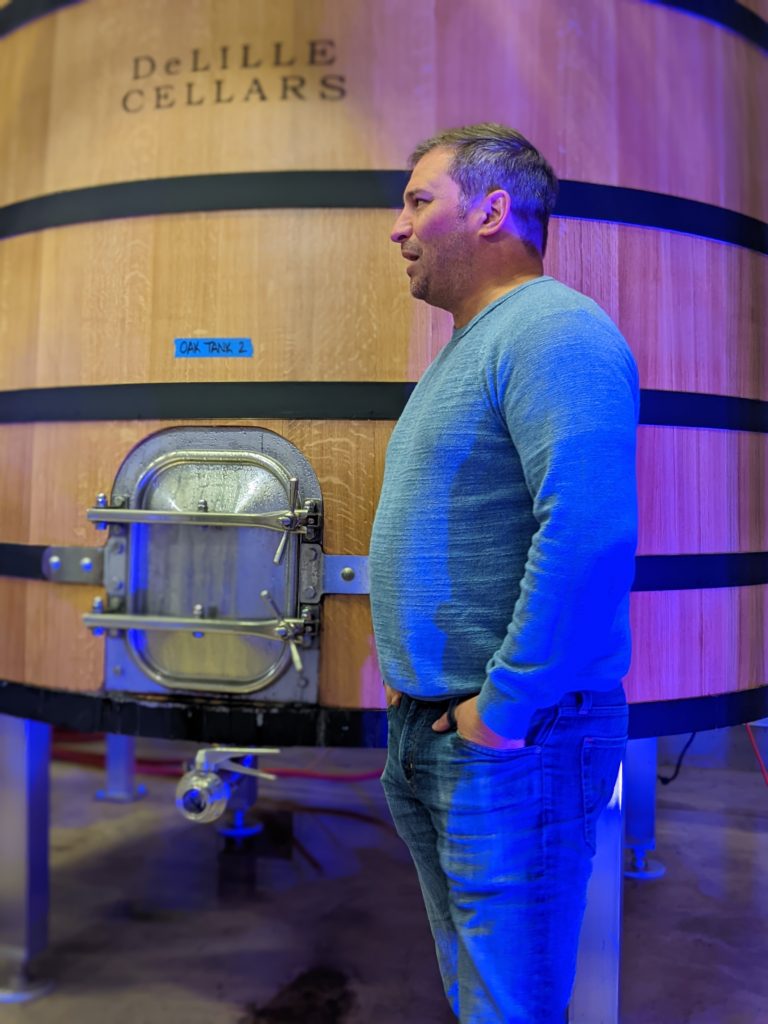
Jason Gorski, Director of Winemaking and Viticulture, has been with DeLille for 11 years and was quick to say that, “I could make wine in Napa Valley, but why would I?” He further added that Washington wine is “the best domestic value since ever.” With over a decade of tenure at the winery, Jason has developed a strong reputation and a high level of trust that extends both within the company and externally. In this regard, there is often an informal nature to collaborations. For example, there is no actual contract with Harrison Hill Vineyard; it’s simply a handshake, but the length of that relationship endures and paperwork is not necessary. Similarly, Jason gets to create smaller batch wines especially for the wine club that permit him to stretch his creativity, experiment with new varieties, test out new vineyards or simply explore new ideas. He does admit that the blessing and the curse is when these small batch productions take off and make it challenging to scale. Yet it continues to be his modus operandi. Among these transformations is his Four Flags Cabernet. Additionally, he has significant latitude to explore outside the Bordeaux box. Case in point, his Riesling.
Clearly he enjoys the challenge of creating new and exciting wines on a regular basis. In fact, Jason jokes with his wife not to ask him about what he’s thinking because, as he notes, in reality he’s always thinking about wine.
Goings on at Goose Ridge
With roots in the cattle and orchard industries, the 2200-acre, Goose Ridge estate has been in the Monson family since the early 1900s. After meeting wine consultant, Dr. Walter Clore, Arvid Monson developed a passion for growing wine, shifting the family’s focus from cows and apples to grapes. Consequently, their vineyards were planted in 1998, with its first contract already in place before the soil was tilled – that’s how much potential Chateau Ste. Michelle saw in their land.
Today, they grow 16 varieties, maintain four tasting rooms, and continue to seek out new and innovative projects to expand their offerings. In this vein, they are producing cider from their orchards and recently made vodka from their Cabernet Sauvignon grapes, becoming the only winery in the state with its own distillery. Distilled 24 times, VIDO Vodka is flavorful and has no burn; a gin is coming soon. Other innovations include the use of unconventional packaging such as their still and sparkling canned wines under the Cascadian Outfitters brand and the use of fun and eye-catching designs. Each year, they commission local artists to create new labels for their Wine Club Artist Series.
If all of this wasn’t enough to keep them busy, they helped establish a brand-new American Viticultural Area (AVA), which became official as of July 2021: Goose Gap AVA. This new AVA was essentially superimposed on their property and was established based on the wind conditions and soil type. Here, the temperature is cooler, and the elevation is higher, than the neighboring Red Mountain AVA. despite the proximity; hence the need for this new AVA. They are excited to begin using the new name on their labeling.
Gorman Winery: From Music Maker to Wine Maker
Originally from Sunrise, FL, Chris Gorman attended college in Bellingham, WA and aspired to be a musician. Like many aspiring artists, he had to find a day job while he waited to make it big in the industry. In his case, he chose to sell wine and even began making wine as a hobby. He had friends who had wineries and they would do projects together. But, as he jokes, somewhere along the way he became too big for his britches and eventually needed to become legal given the volumes he was creating. Thus Gorman Winery was founded.
In his early stages, Chris was “too cool for school” and did not want to be reviewed by wine critics. But, of course he was and received good scores, ultimately ensuring his success as a winemaker. Today, music is still a passion, but wine is no longer a hobby; it’s his fulltime vocation, yet clearly still a labor of love. Moreover, he is entirely self-taught and considers himself still learning.
Among the wines we tasted with him is Luanne. I asked if this was the name of a former girlfriend, but instead Luanne pays tribute to the wife of Dick Bouchey, a well-regarded, local grower, since Luanne picked the grapes that went into this white Rhone blend. In 2012, he set out to be the (self-proclaimed) Chardonnay King and presently makes six Chardonnays, which he refers to as the tofu of grapes. Big Sissy Chardonnay got its name because, according to Chris, “It is malleable, and you can beat it up.” Perhaps the culprit was his The Bully Cabernet Sauvignon? Most of the Chardonnays are produced under his Ashan Cellars label, which is the Hebrew word for smoky.
Beyond his other passions, Chris loves to cook and is happy to make dishes that take three hours to prepare.
Gramercy Cellars: Have a Dream, Will Travel
“A Manhattan-based sommelier tastes some Washington State wines and is so inspired, he sells everything to move across the country to make his own.” If that’s not the opening to a maverick’s story, I don’t know what is. That Manhattan-based somm was Greg Harrington, who moved to Walla Walla in 2005 to focus on “old-world-meets-new Rhône and Bordeaux varietals” and established Gramercy Cellars (yes, that is an ode to New York City’s Gramercy Park). And while the story isn’t over yet, by 2014 he had been named Seattle Magazine’s Winemaker of the Year.
Among his latest ventures is Four Eleven, a wine bar and retail store in collaboration with Josh McDaniels of Bledsoe Family Wines. The two share the philosophy of not wanting to push boundaries with their wines. Rather, they want to maintain freshness and, to this end, they use less new wood and focus on whole cluster fermentation. In tasting his wines, this aim has been realized. Moreover, his Rhone Valley influence is evident in his Viognier, which he refers to as the gateway drug to his reds with its viscous texture, tropical fruit character and full body.
L’Ecole 41: Semillon’s Savior
I’ve written about L’Ecole 41 previously, but it was with no less enthusiasm that I looked forward to becoming reacquainted with this winery and its wines on our trip. We met up at Walla Walla Steak Co. for a tasting with L’Ecole 41. No other winery is committed to the Semillon grape variety than L’Ecole 41 and in this regard, it was truly a pleasure to taste their age-worthy 2021 Luminiesce, a 70% Semillon/30% Sauvignon Blanc blend, with fruit sourced from the Seven Hills Vineyard. The 2019 Estate Merlot offered up beautiful plush and lush fruit. Yet, for all of their acclaim, in the end, owner Marty Clubb says we just make wines to drink and and that are well priced. L’Ecole 41 opened a new tasting room in Woodinville in early September 2022.
Patterson Cellars: In Close Collaboration with Community
Launched in 2000, John Patterson founded Patterson Cellars with his father, Jack, who has been an instrumental part of the project, helping to support John both emotionally and financially. Today, Patterson produces 20,000 cases of wine utilizing Washington fruit from a variety of well-respected vineyards as well as the 14 acres he purchased in Walla Walla. In fact, John is known for his collaboration and community building, working closely with local growers as well as area wineries and collaborating with more than 40 in Woodinville alone.
Due to the significant growth, they are currently moving their production from Woodinville to Walla Walla since they’ve outgrown the space. This will also allow them to increase case production further. But, the Woodinville tasting room, which has been open since 2007, will continue to operate, along with the other four tasting rooms, including his newest one in downtown Seattle, which opened in 2018.
Here, the emphasis is on affordable prices and hospitality, the former of which is attributed to their good relationship with growers. With a burgeoning wine club of 2,000 members (and growing), they seek to curate high end food and wine experiences and have been working with local restaurants, chocolate and charcuterie partners and have developed a Late Harvest Roussanne gelato with Seattle’s Gelatiamo. In addition, they offer virtual classes. As additional evidence of the community they are building, Heidi West, their Director of Sales & Operations, is a former club member who became so enamored with the wines and the company that she completely changed careers and began working for them, eventually becoming a partner.
Rocky Pond Estate Winery: Getting a Label of the Land
Owned by David and Michelle Dufenhorst, Rocky Pond Winery is situated on Lake Chelan and the Columbia River, directly three hours east of Woodinville in what is considered the northern tip of Washington wine. Their winery and two of their vineyards are situated within the latest AVA: Rocky Reach, which was designated in 2022 as Washington’s 20th American Viticultural Area. The Dufenhorsts hired Kevin Pogue, Professor of Geology at Whitman College to help write the petition for the new AVA to help delineate the unique characteristics of the area, which previously fell solely under the much larger Columbia Valley AVA.
In particular, the soils are significantly different with cobblestones and boulders; in fact, they found a 60-foot sized rock in one of the vineyards. These large stones are accompanied by quartz and mica, over a predominantly granitic bedrock, a feature it shares only with Lake Chelan. With lower elevations, and a resulting warmer climate and long growing season, the area is particularly lauded for its Cabernet Sauvignon, although the Rocky Pond grows over 20 different grape varieties.
The family’s further emphasis on their property is reflected in their participation in the Sustainable Washington’s pilot program (now an official certification program), which has been focused on seeing the bigger picture and making sure that everything is sustainable from the very start, not just with regard to the environment, but also with regard to elements such as the economy and safety training. Moreover, they have been able to recruit top talent to the winery, bringing on Elizabeth Keyser from Napa’s HALL Family Wines as well as make important investments in technology such as a recently acquired optical sorter. Adding to these enhancements, they will be opening up a boutique hotel and spa on their property in the near future.
Most recently, Rocky Pond opened a tasting room in Woodinville near Wine Alley. Like many of the tasting rooms they are very serious about hospitality and food and maintain two chefs on staff.
Sparkman Cellars: Damn Fine Wine
Founded by Chris Sparkman and his wife, Kelly, a former wildlife biologist, Sparkman Cellars was launched in 2004 with the mantra, “Family. Good Livin’. Damn Fine Wine.” During our visit, we met up with Linn Scott, Sparkman’s Vice President and Winemaker at Walla Walla Steak Co. to taste a selection of foods from the new steakhouse menu as well as several of the Sparkman wines. While Linn advised that, “We make a lot of Cabernet Sauvignon,” interestingly, we tasted Sauvignon Blanc, Grenache and Malbec; not a Cabernet in sight on this particular occasion.
In this regard, the tasting underscored his other point: “Our weaknesses are our strengths, with Washington wine having such a diverse portfolio and no signature grape on which to hang its hat.” In perusing their website, they do have five Cabernet Sauvignons, but they are clearly willing to experiment and take risks. For example, the Preposterous Malbec was launched in 2009 as “a complete shot in the dark.” Yet the gamble paid off in spades: Their receipt of 94 points from Wine Spectator on the 2010 vintage “is still the highest scoring Malbec in Washington State history.” Some might say that’s simply preposterous 😉.
Time and Direction: Taking Direction of One’s Life
Originally from Wisconsin, Steve Wells later settled in New York City (and coincidentally briefly lived on the same street as I do) under the tutelage of Master Sommelier, Laura Maniec (now Fiorvanti), at Blue Water Grill and Blue Fin restaurants. There, he developed a true love of wine and service. When he traveled to Washington state as part of the Washington Wine Commission‘s Road Trip Washington Wine in 2008, it was love at first taste. By 2011, he had convinced his wife and kids to make the move and they landed in Walla Walla where he began working in the tasting room at Gramercy Cellars (very fitting given the similarity in their origin stories).
After two years at Gramercy, he had the opportunity to pursue an Associate’s Degree at the Center for Enology and Viticulture at Walla Walla Community College, while also working with Aryn Morell, as a production assistant at M&L Production. In 2016, he launched his own brand, Time and Direction, taking its name from the distinctive tattoos that run the length of each of his arms that mark momentous moments in his life.*
I was initially introduced to Steve through a chance encounter with his 2020 Space Pants Mourvèdre at the Auction of Washington Wines’ Winemaker Picnic. This intriguing label caught my eye and its delicious palate caught my attention further. I then had the pleasure of sitting with him at the Gala Dinner the next night (another coincidence). As a further reflection of his engaging personality, his 2021 ‘1.21 Gigawatts’ White Rhone Blend is a nod to “Back to the Future” and his self-appointed title is Director of Awesome.
*From his website: “The clock and the compass tattoos are of my own design and are full of symbolism and meaning for me. The hands on the clock point to 1:02, the time my daughter was born and the face has her initials and birth date written on it. The compass is a reference to my family and is the reason that I work as hard as I do. The letters on the points may look like directions but are actually our initials and the symbols in the middle are our astrological symbols.”
*https://www.seattletimes.com/business/wine-giant-ste-michelle-sold-for-1-2-billion/

